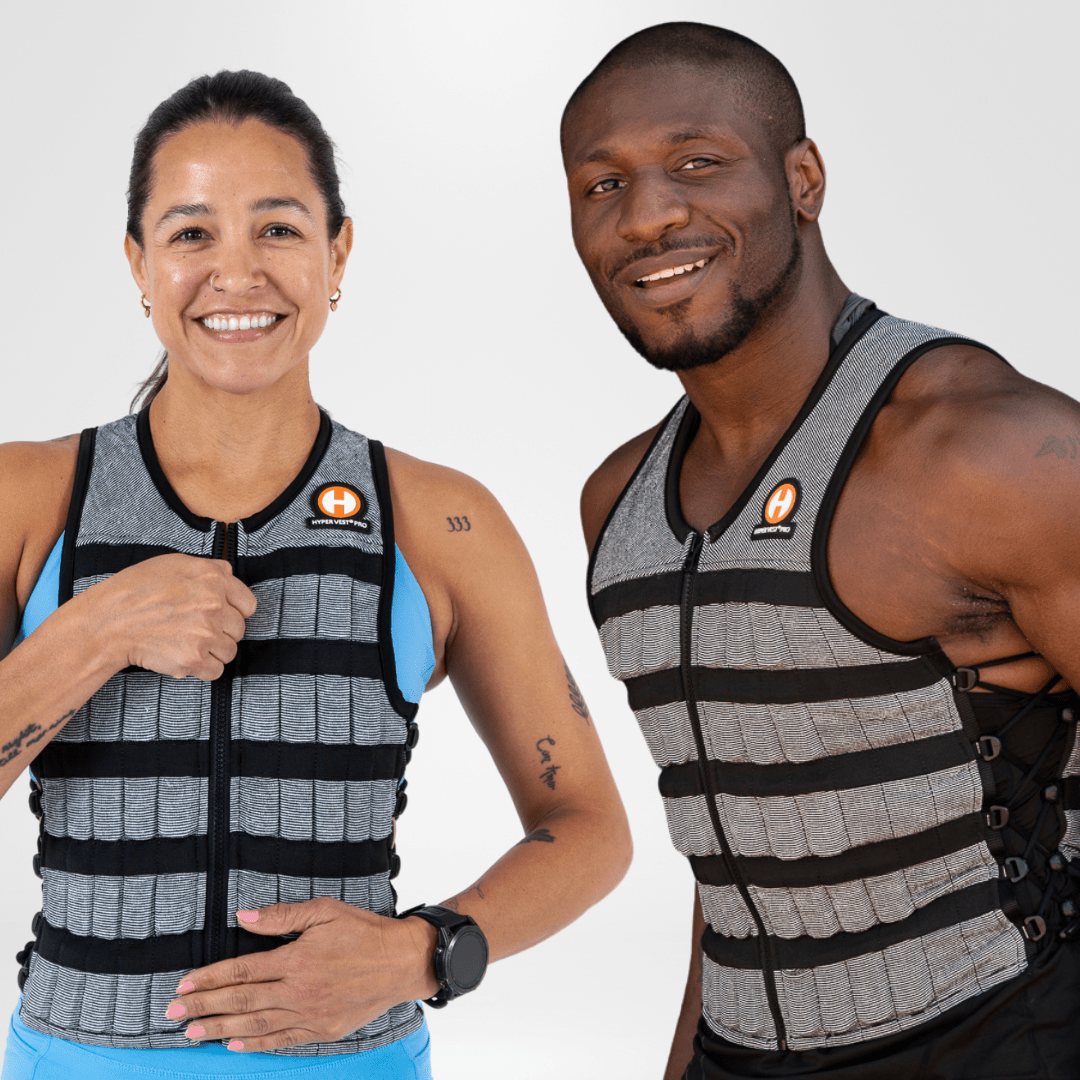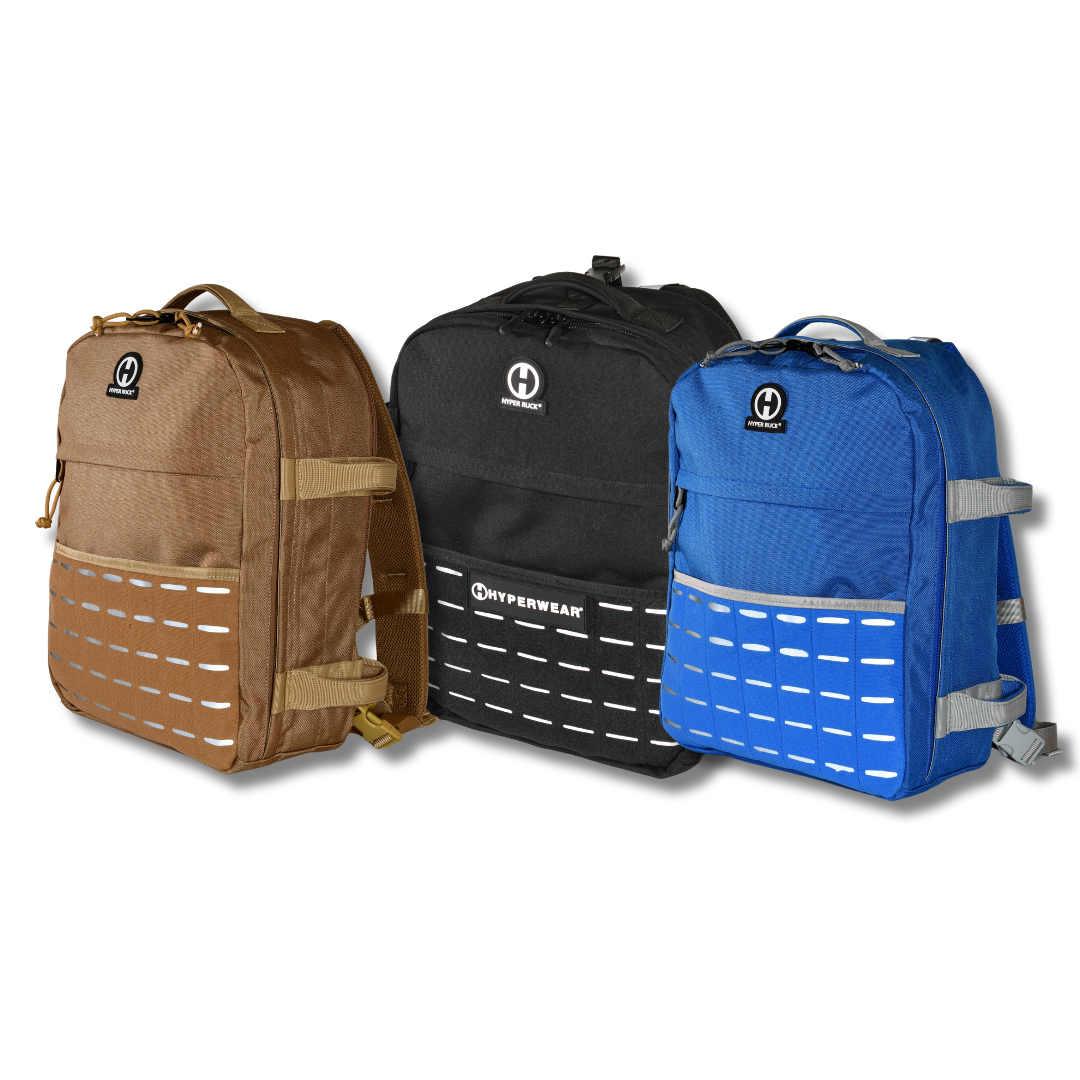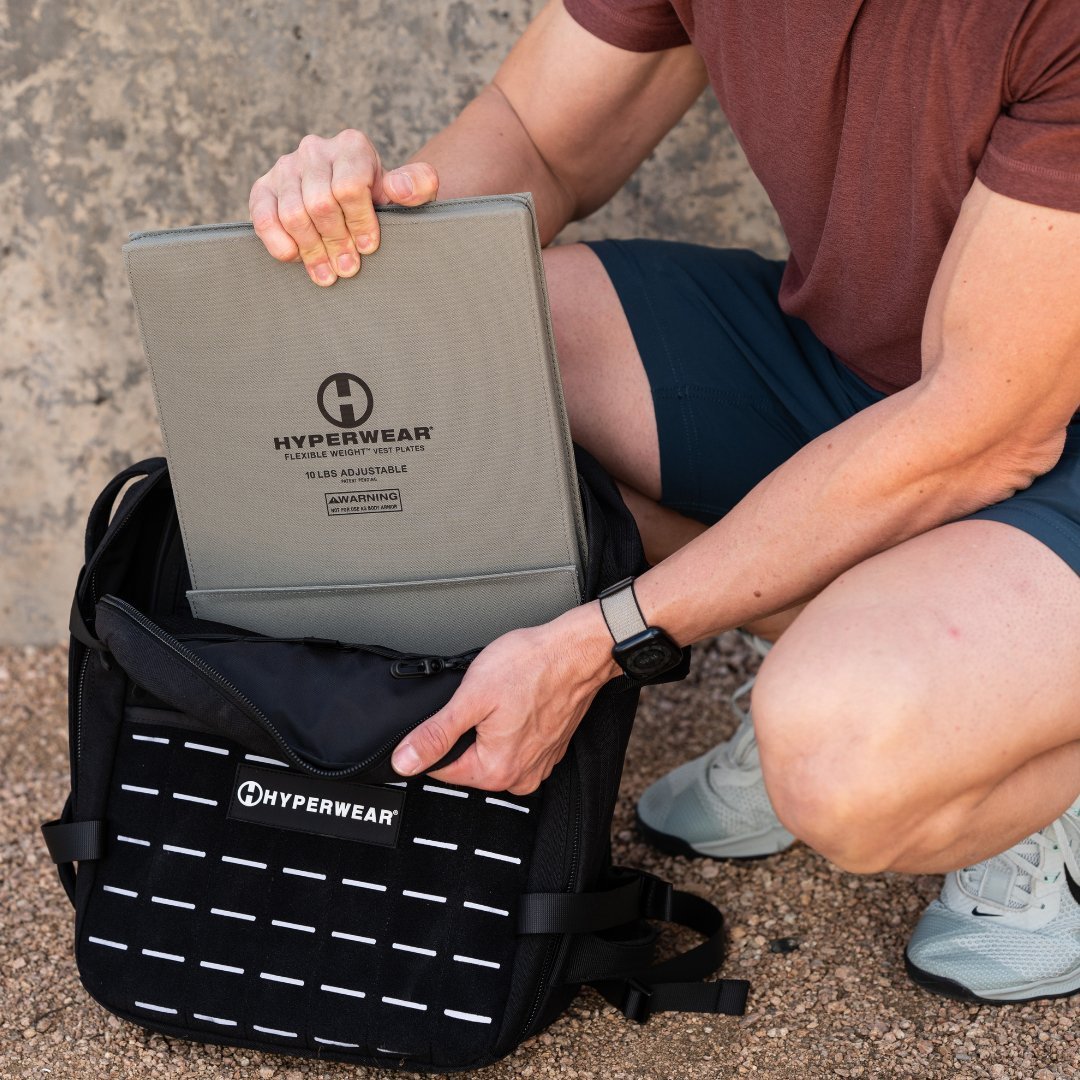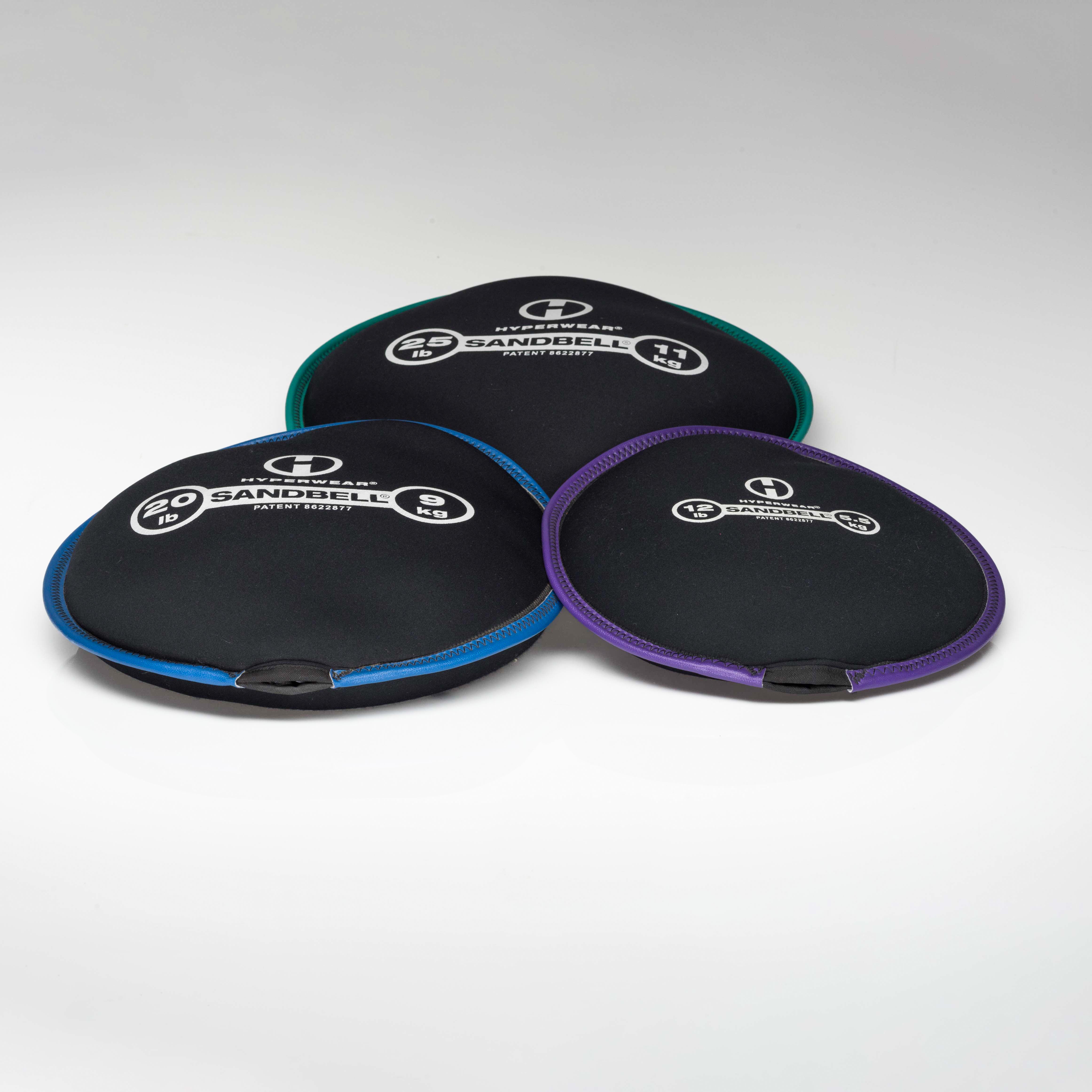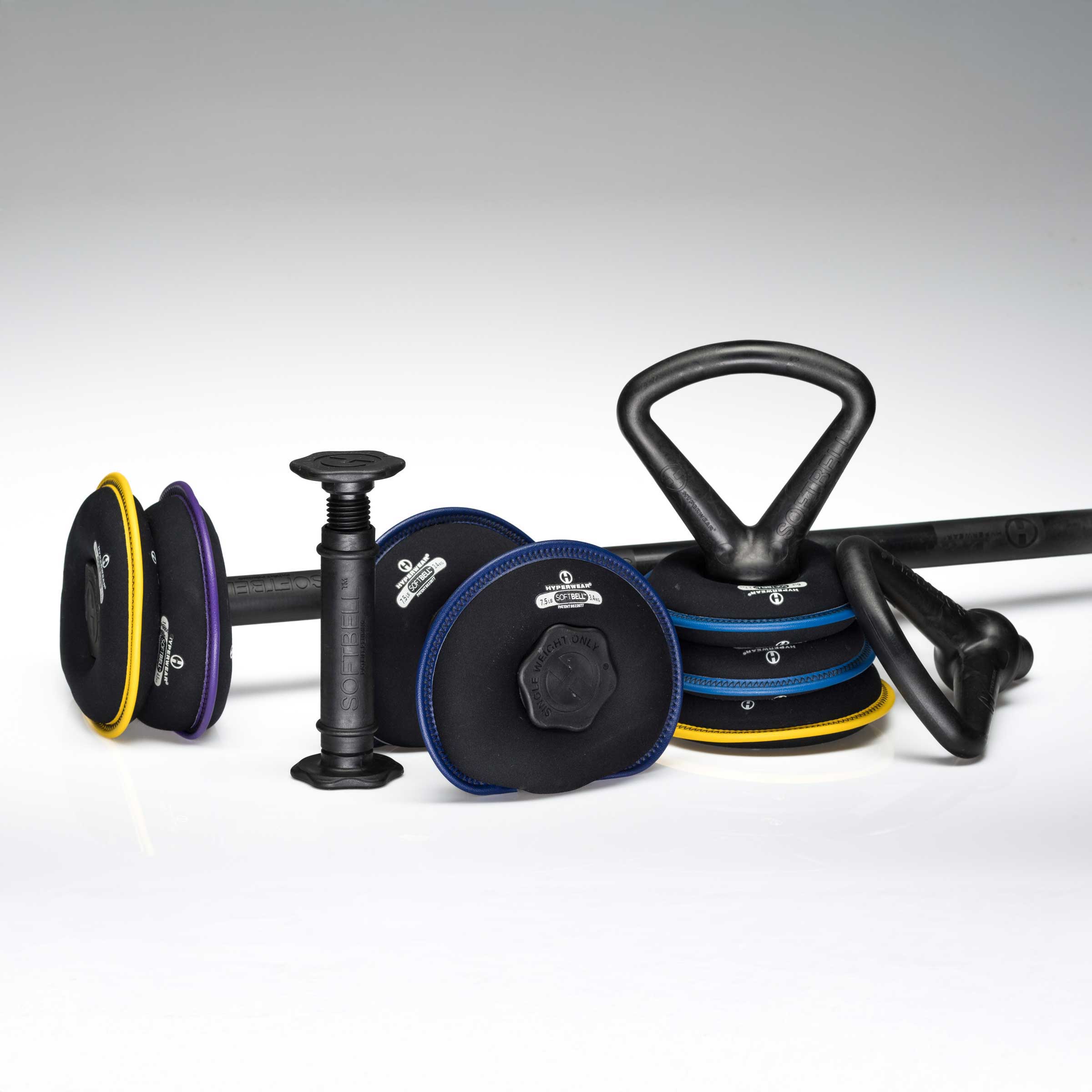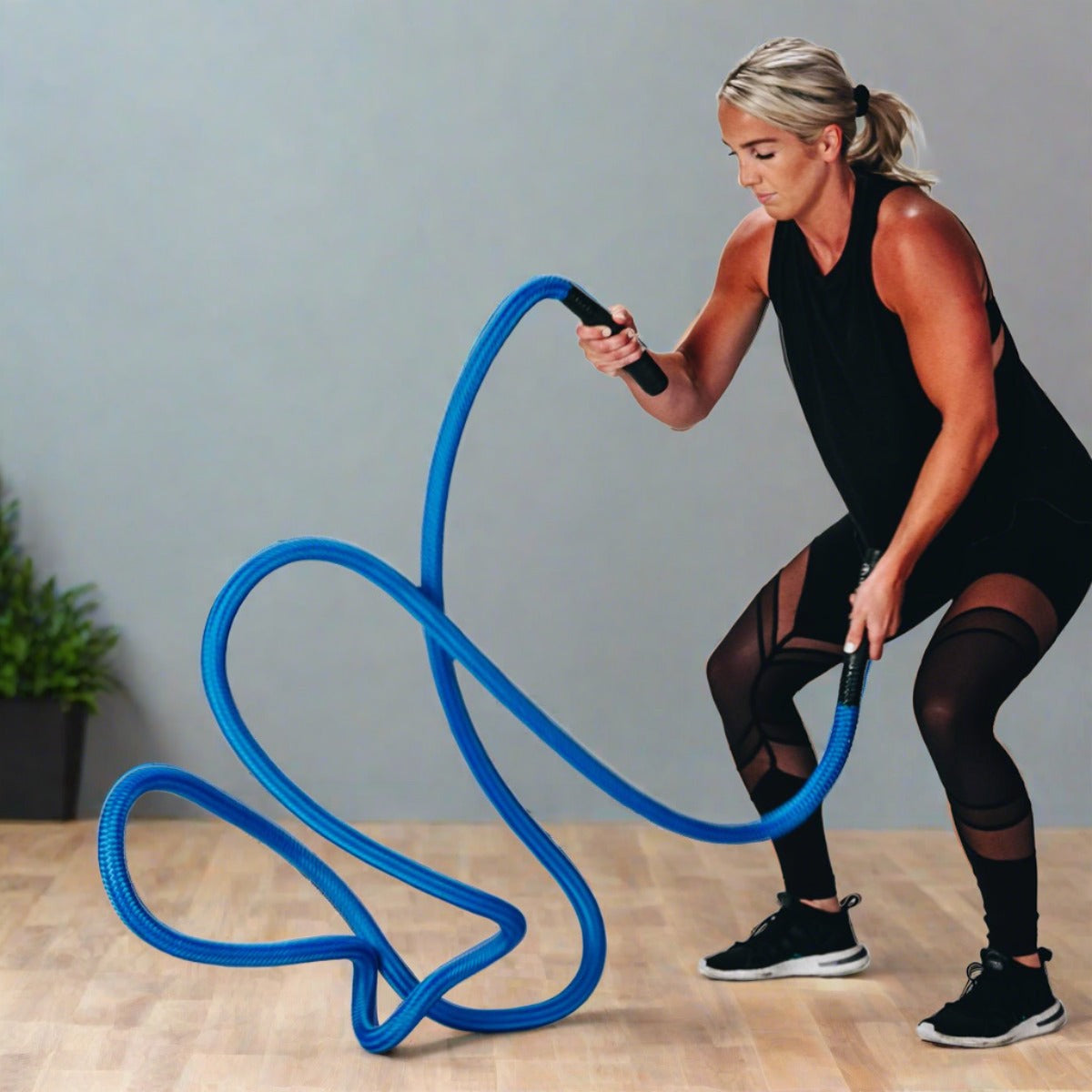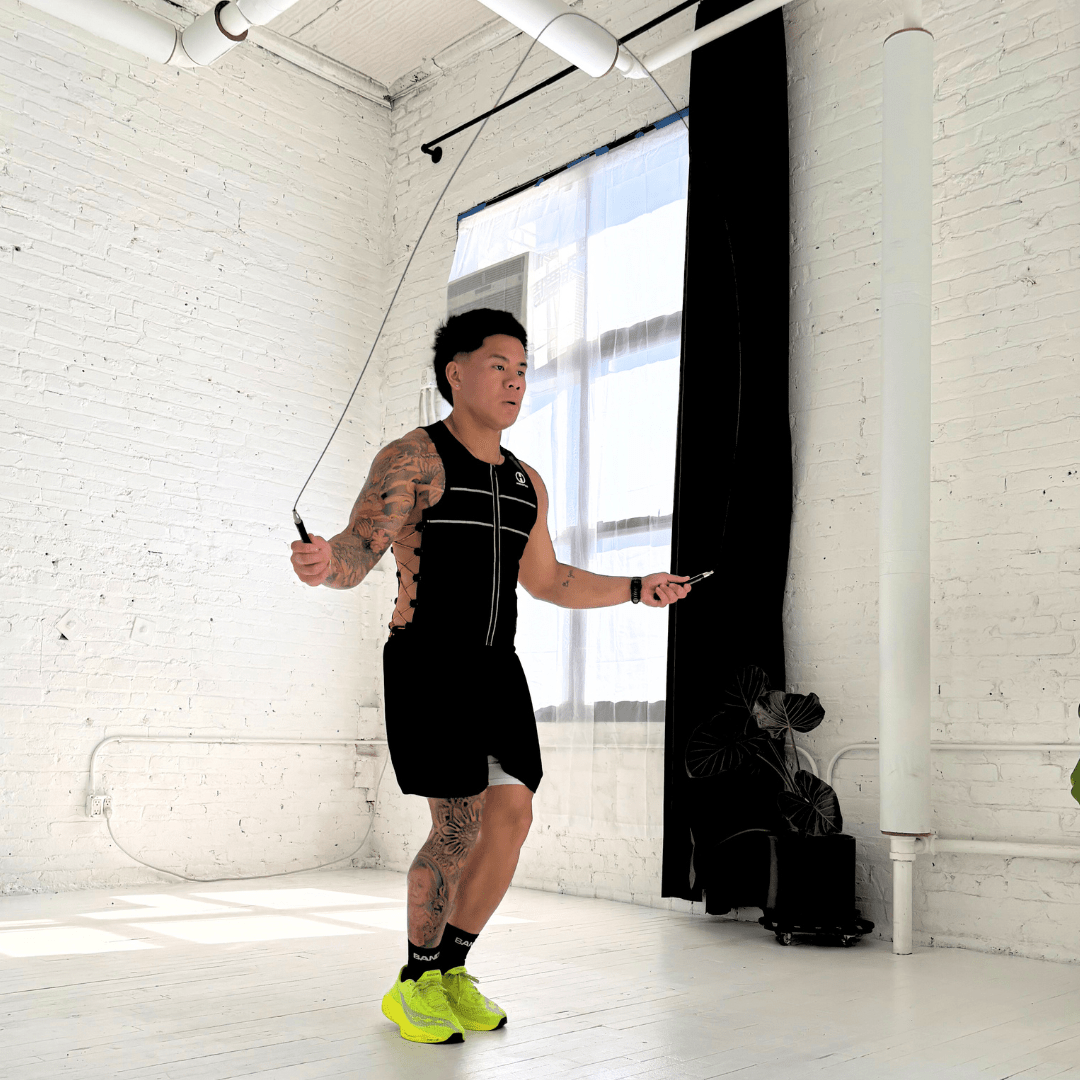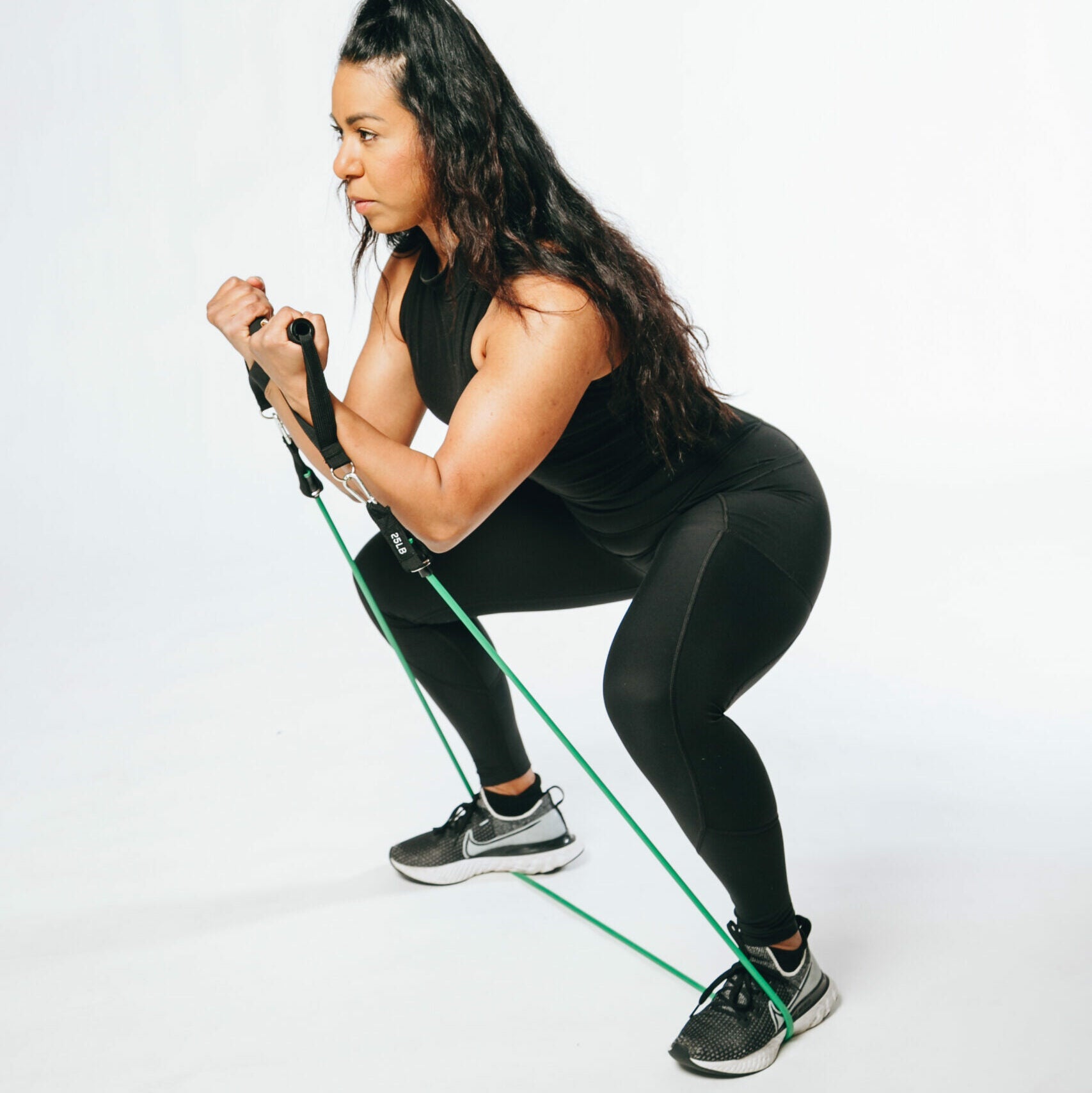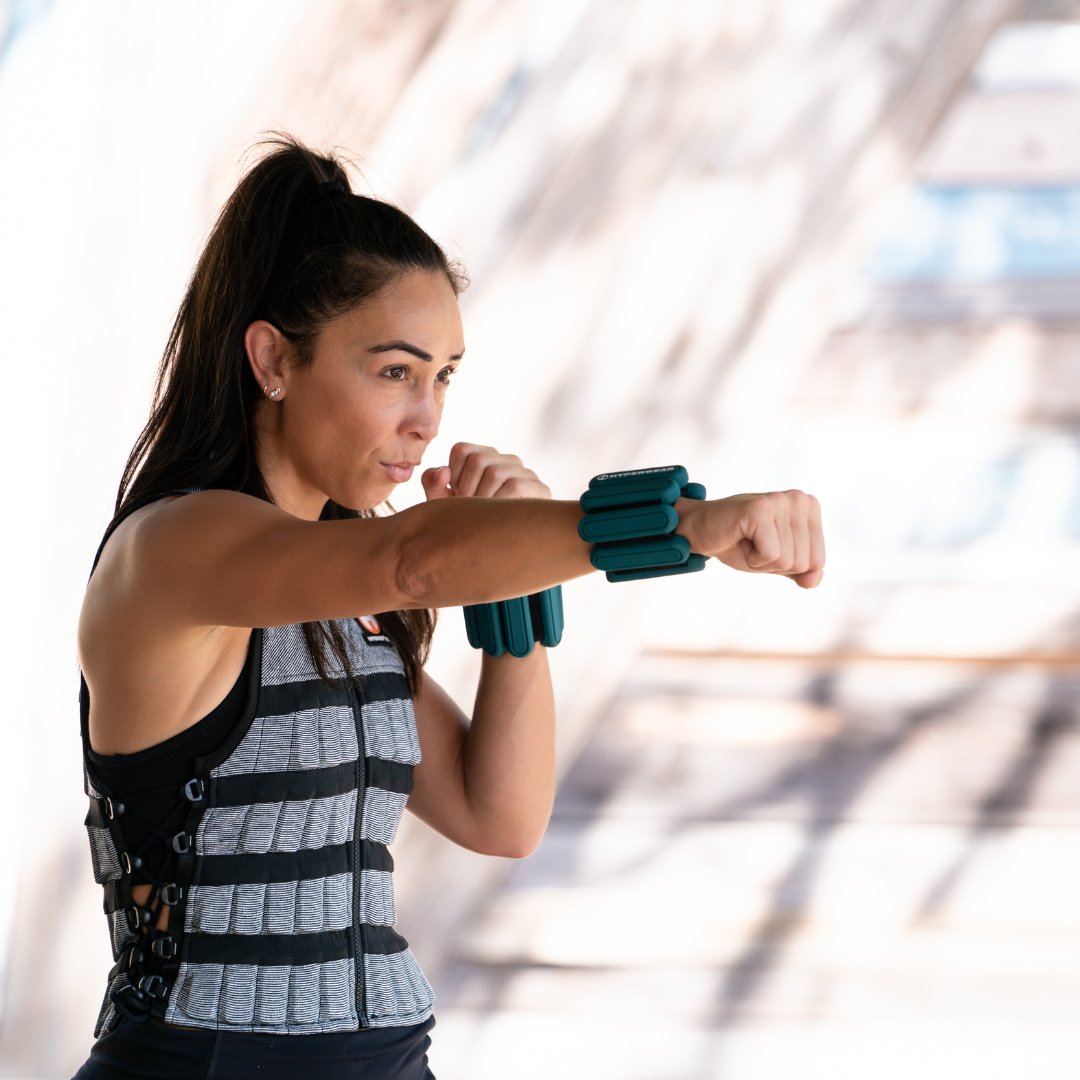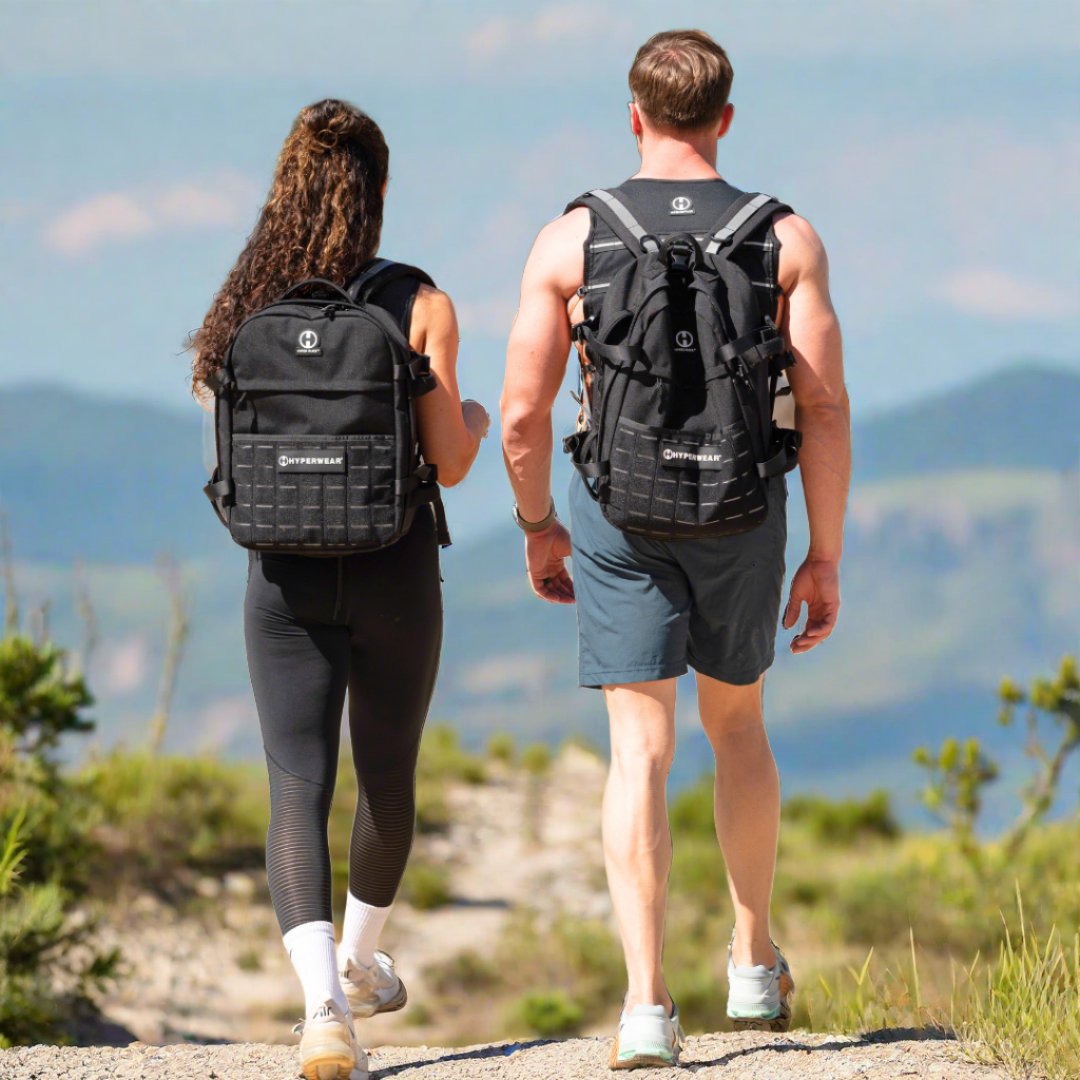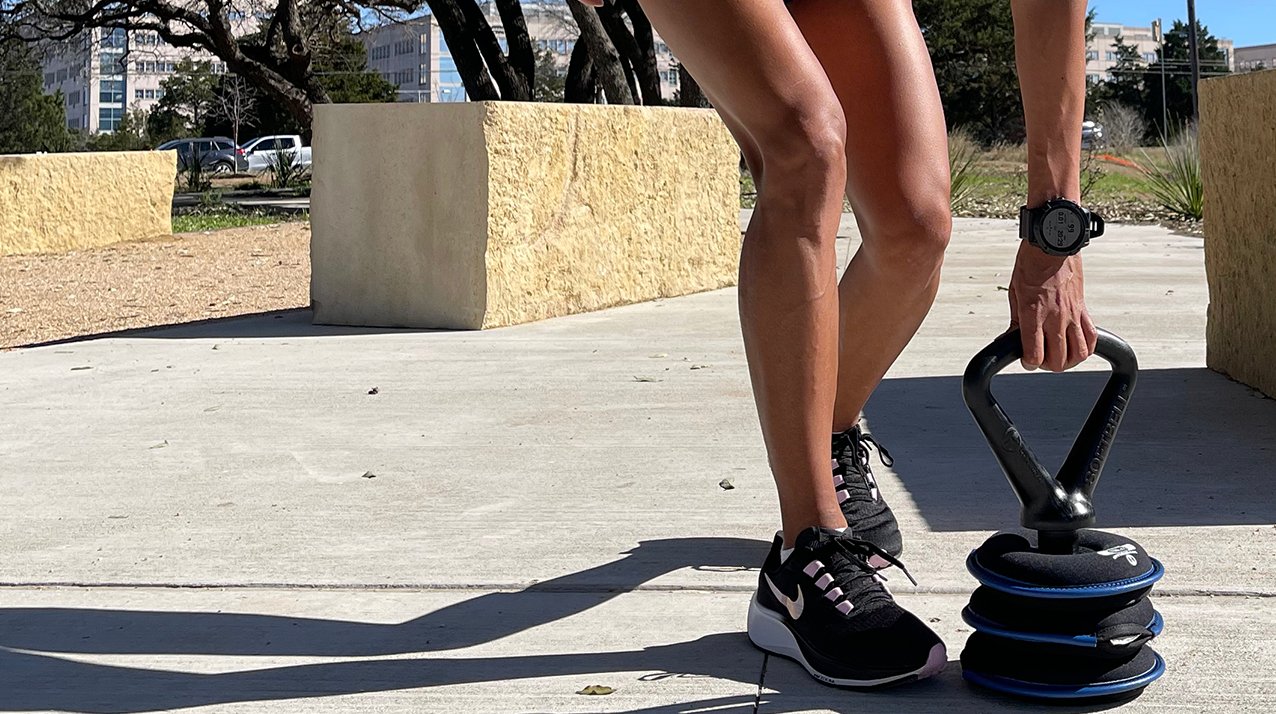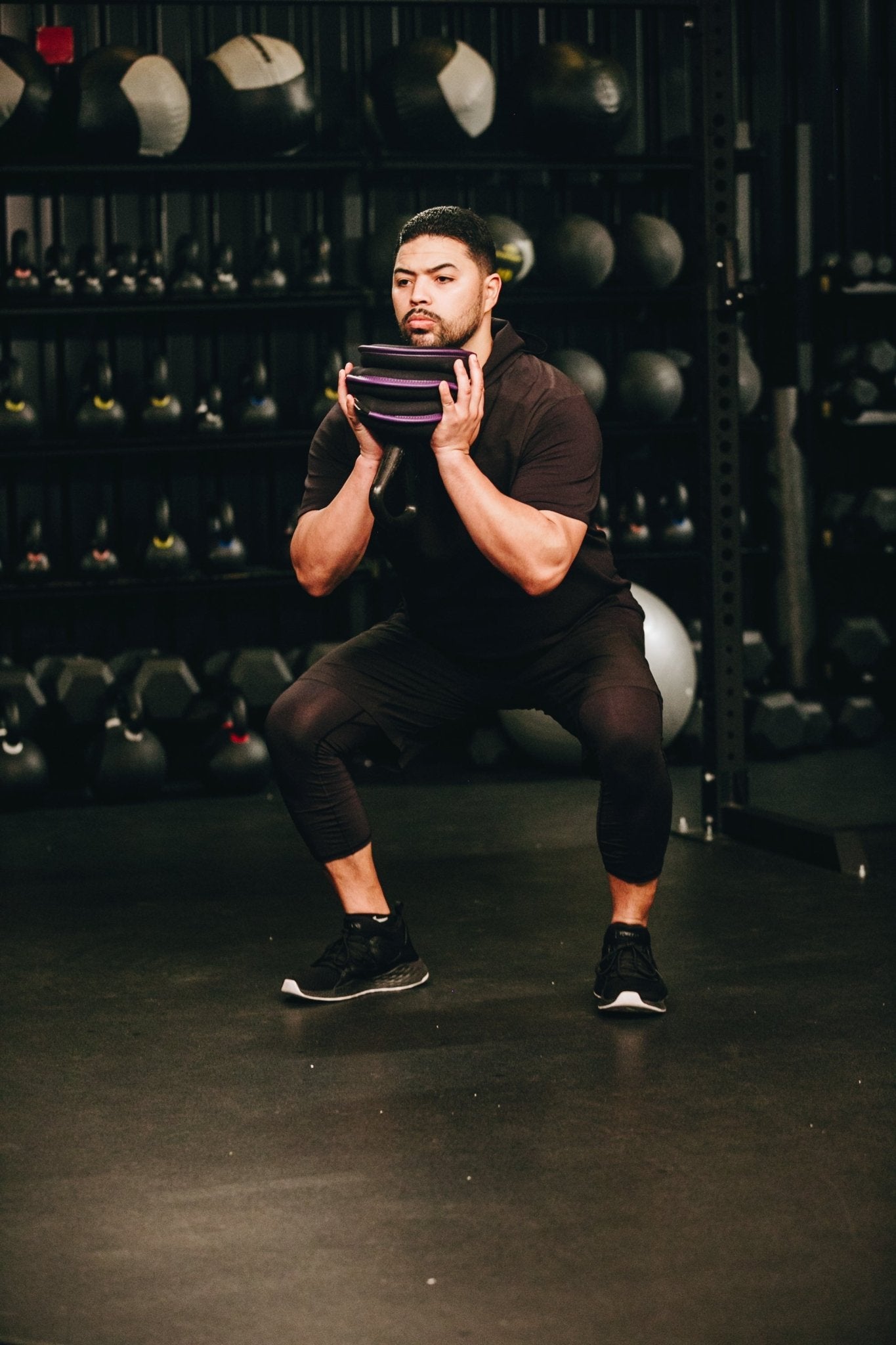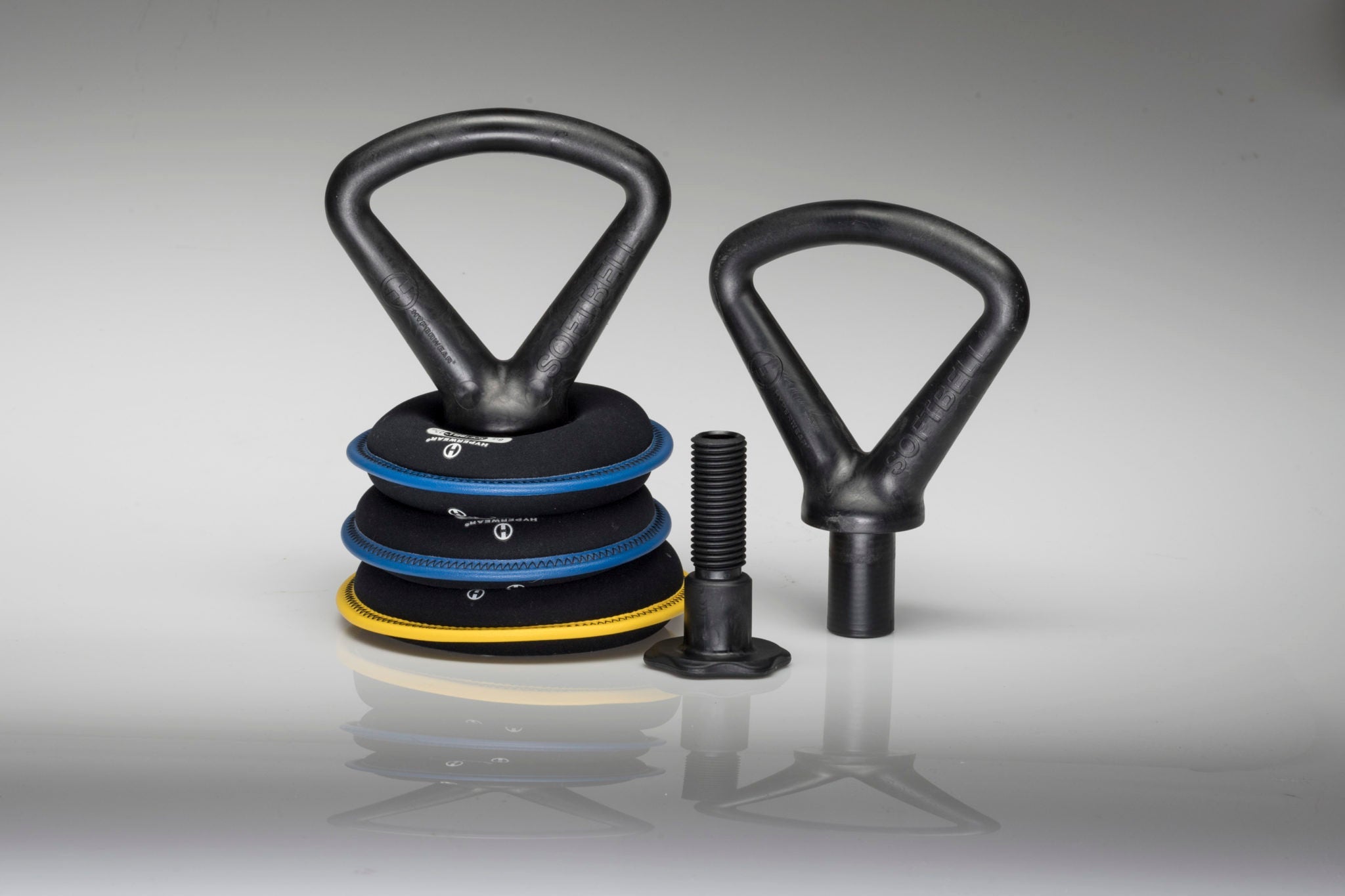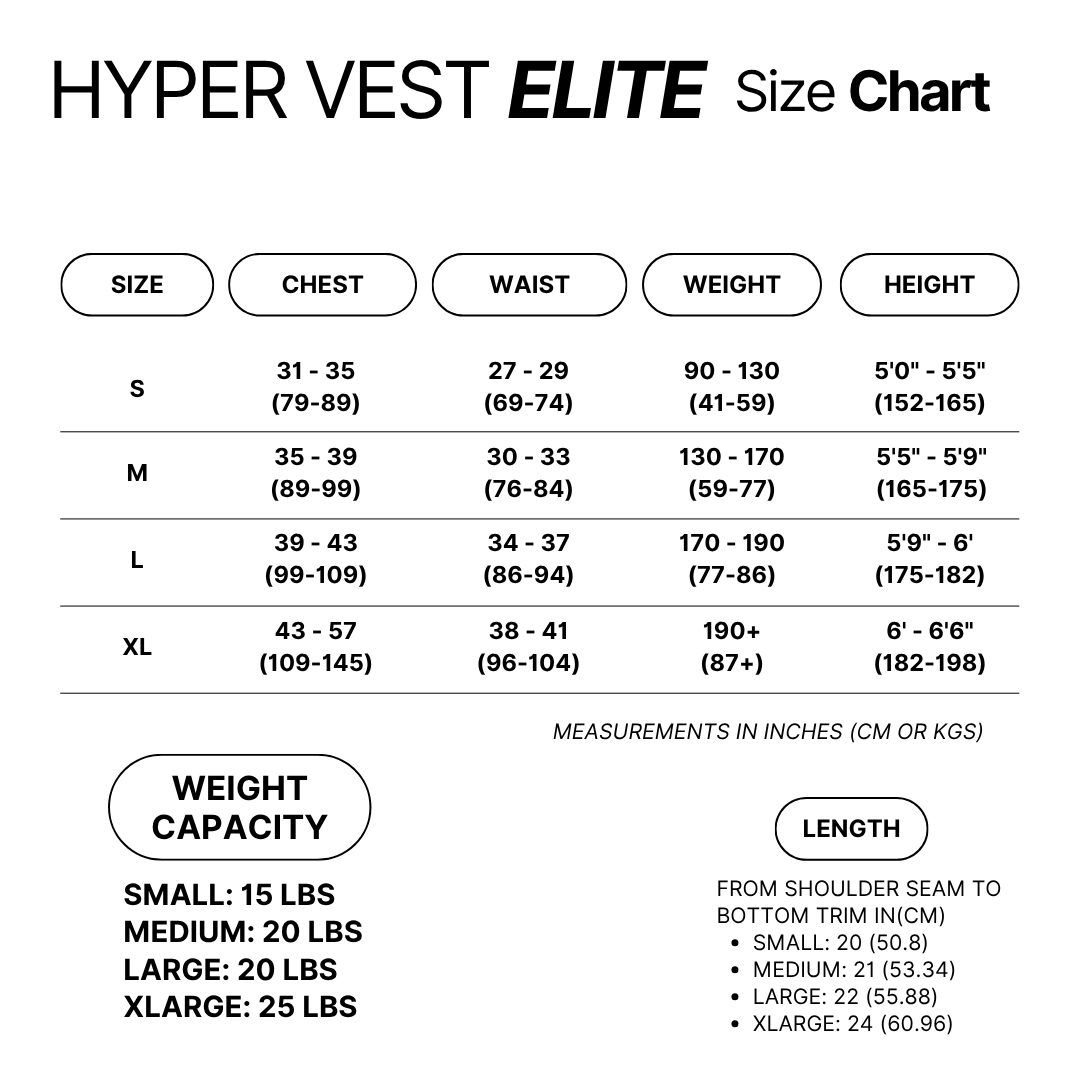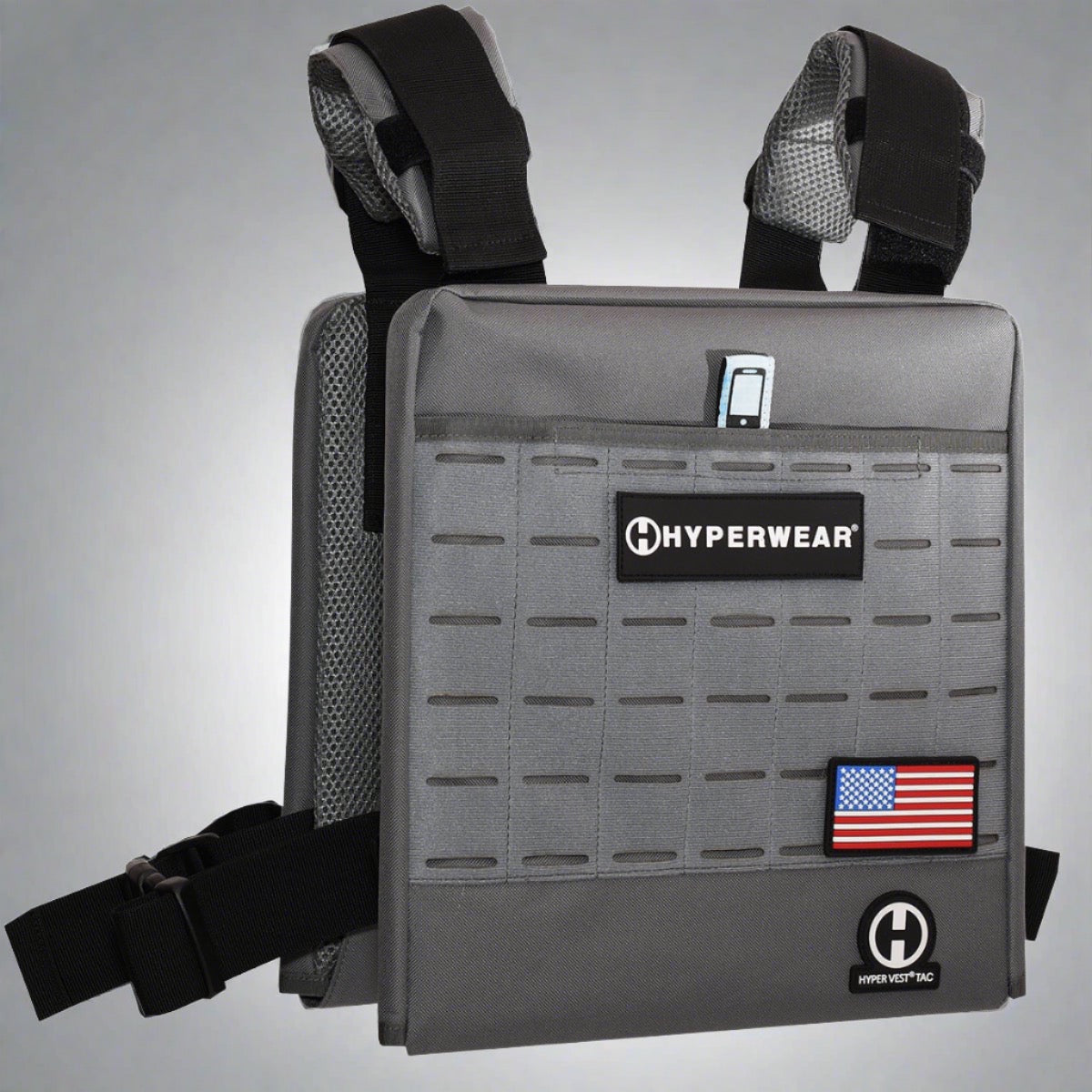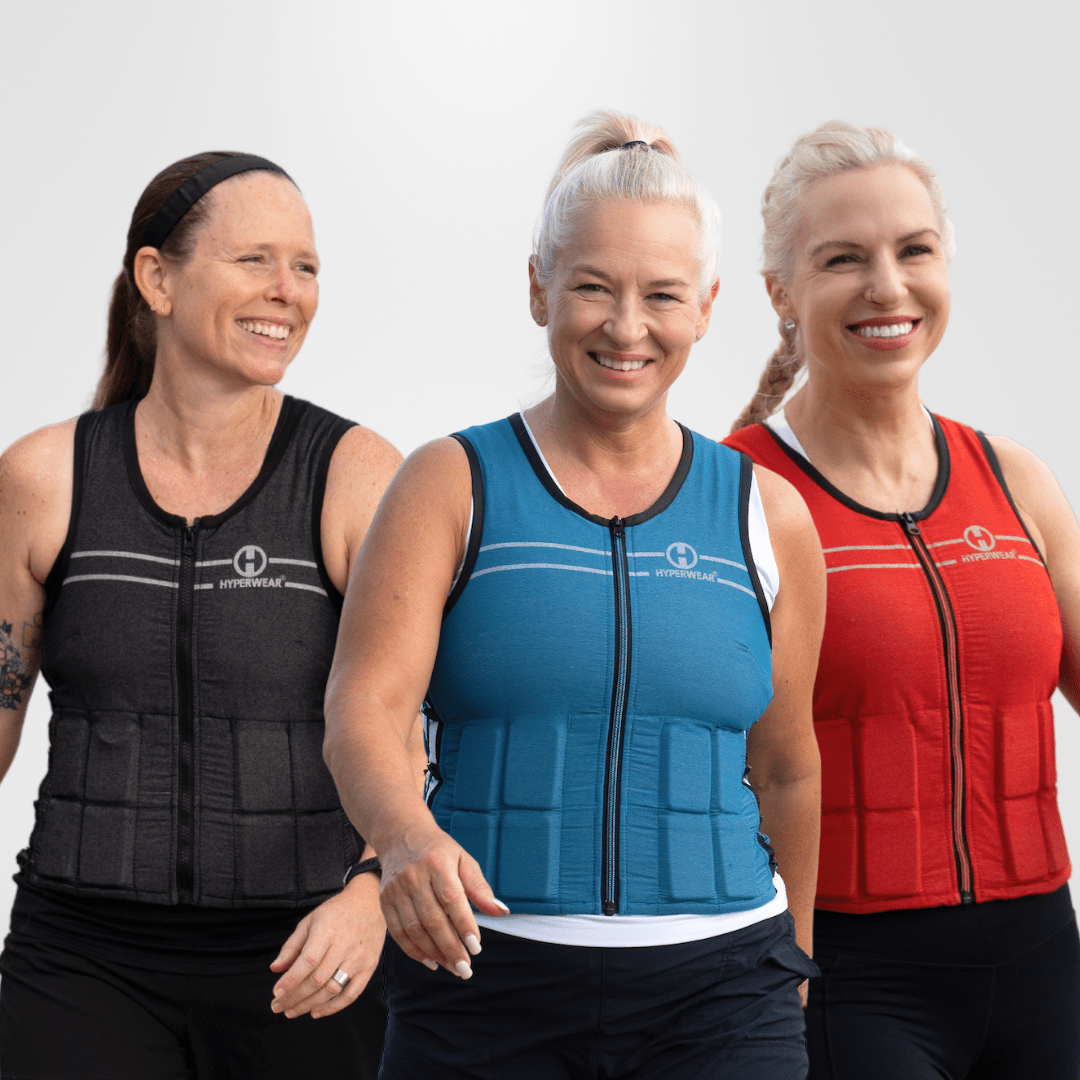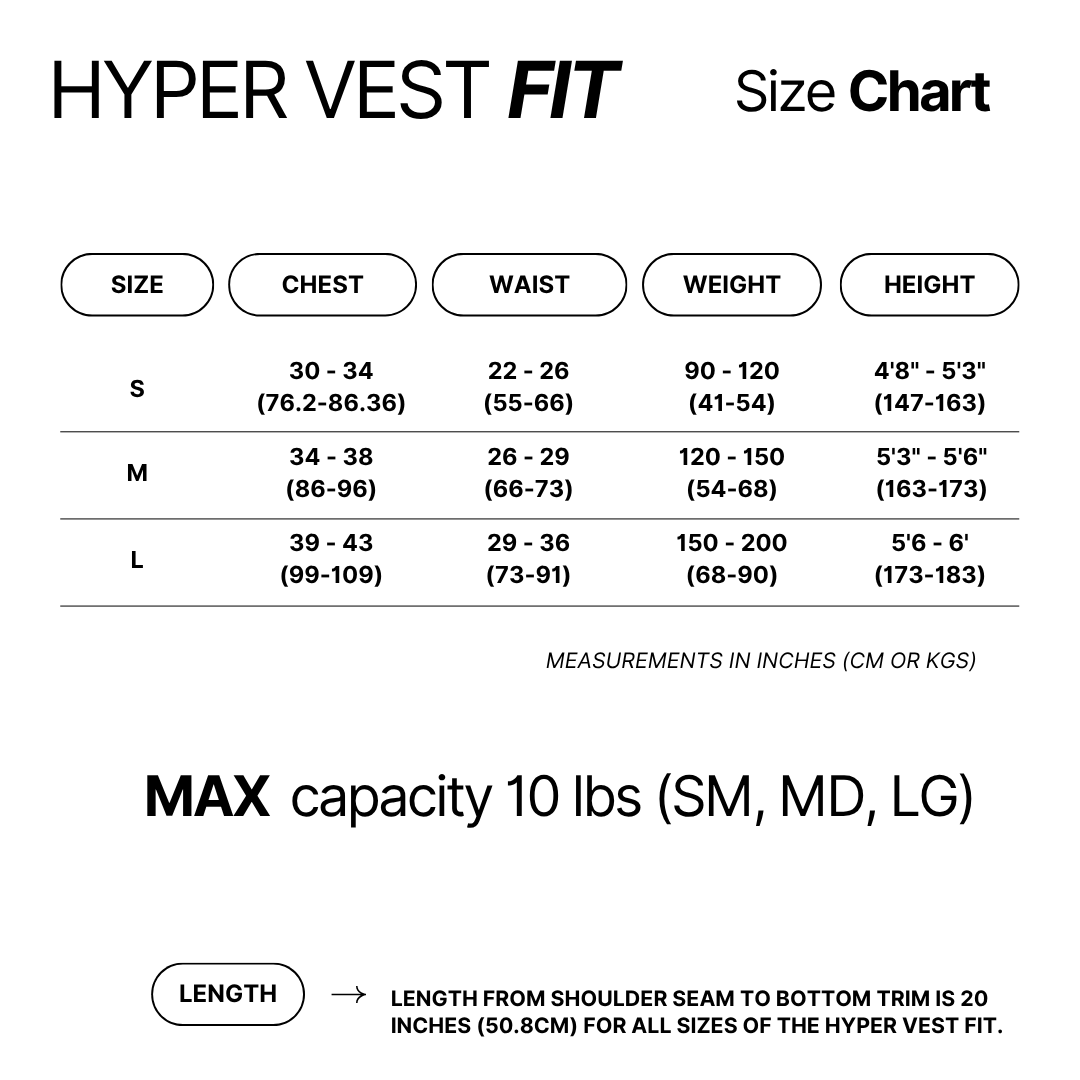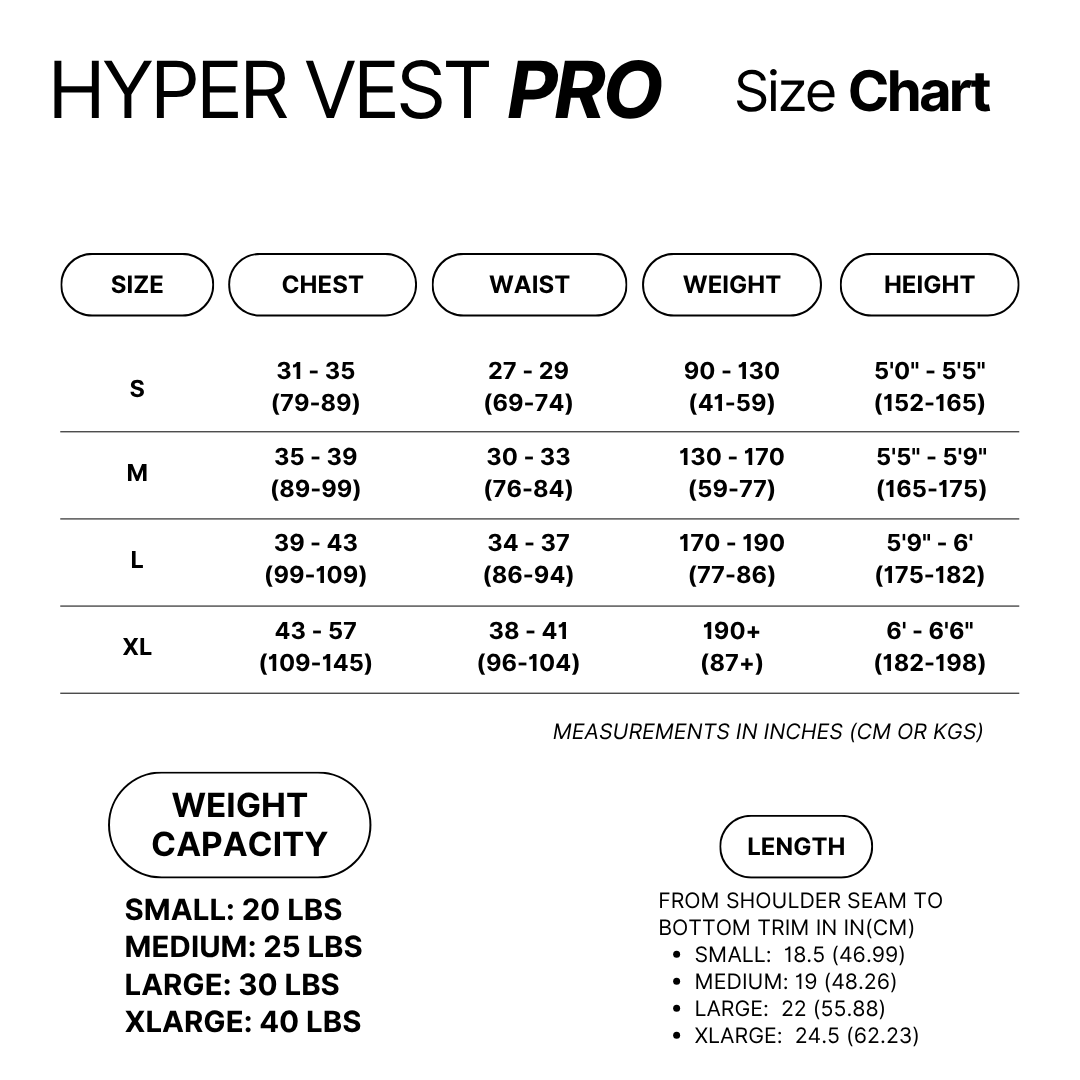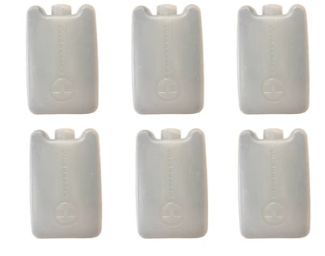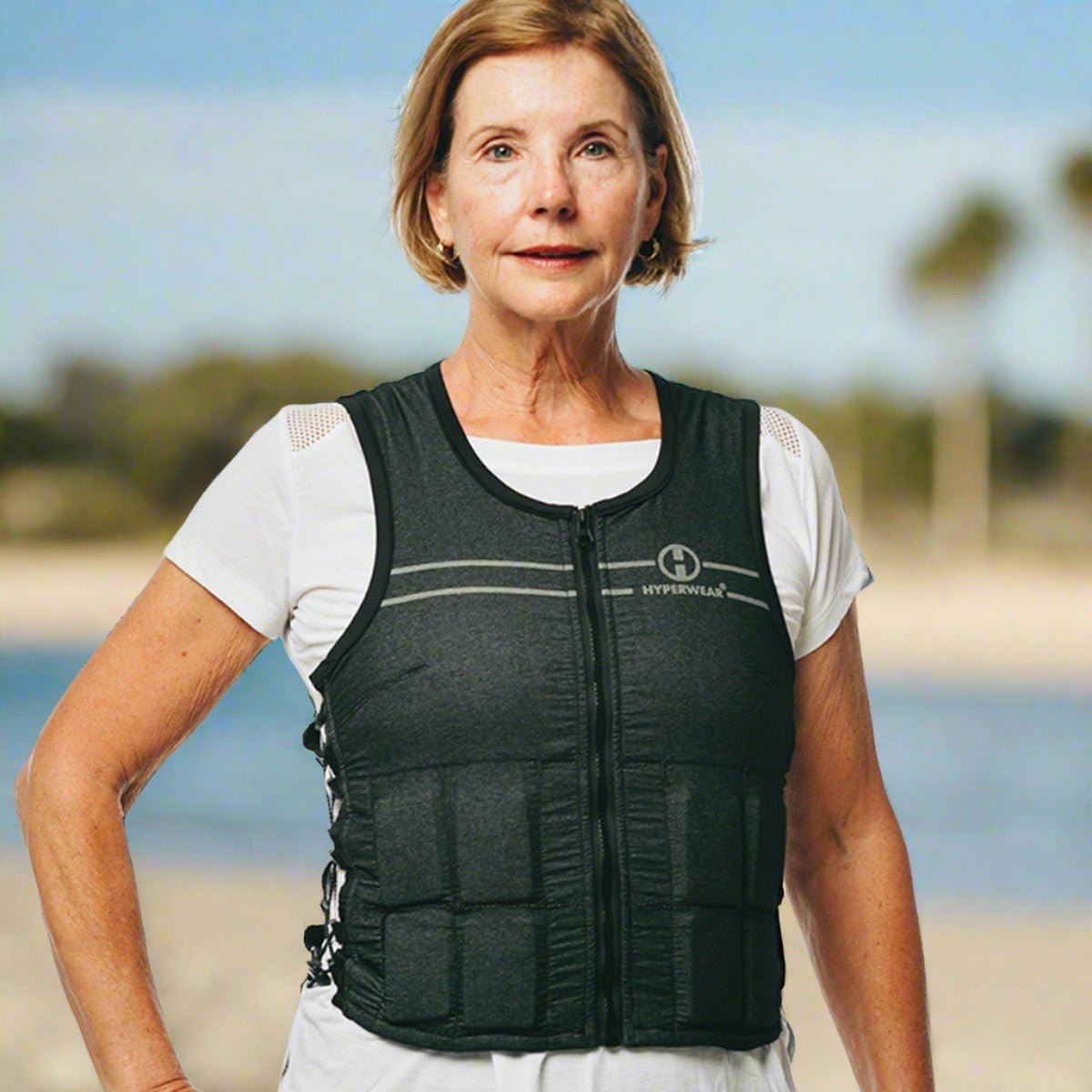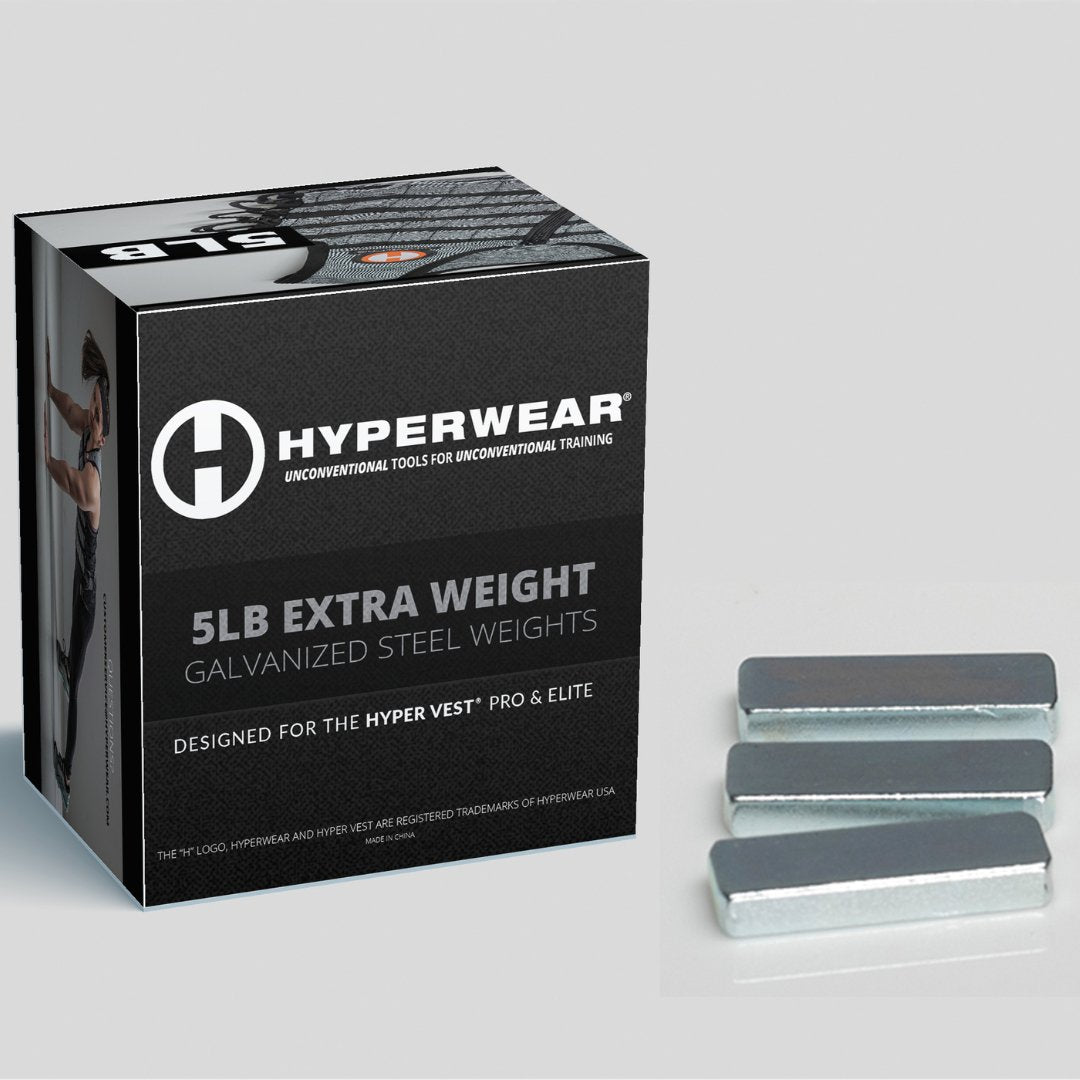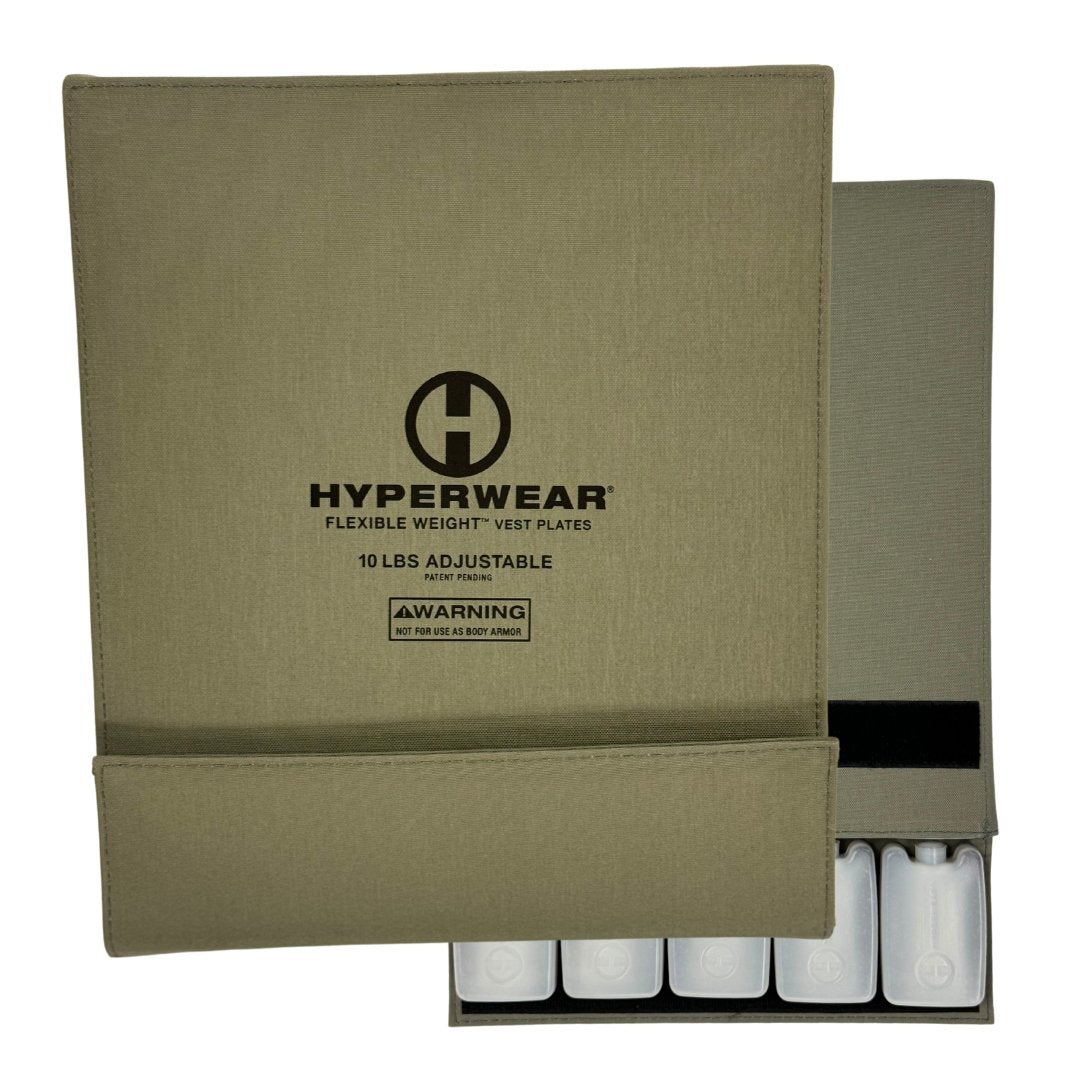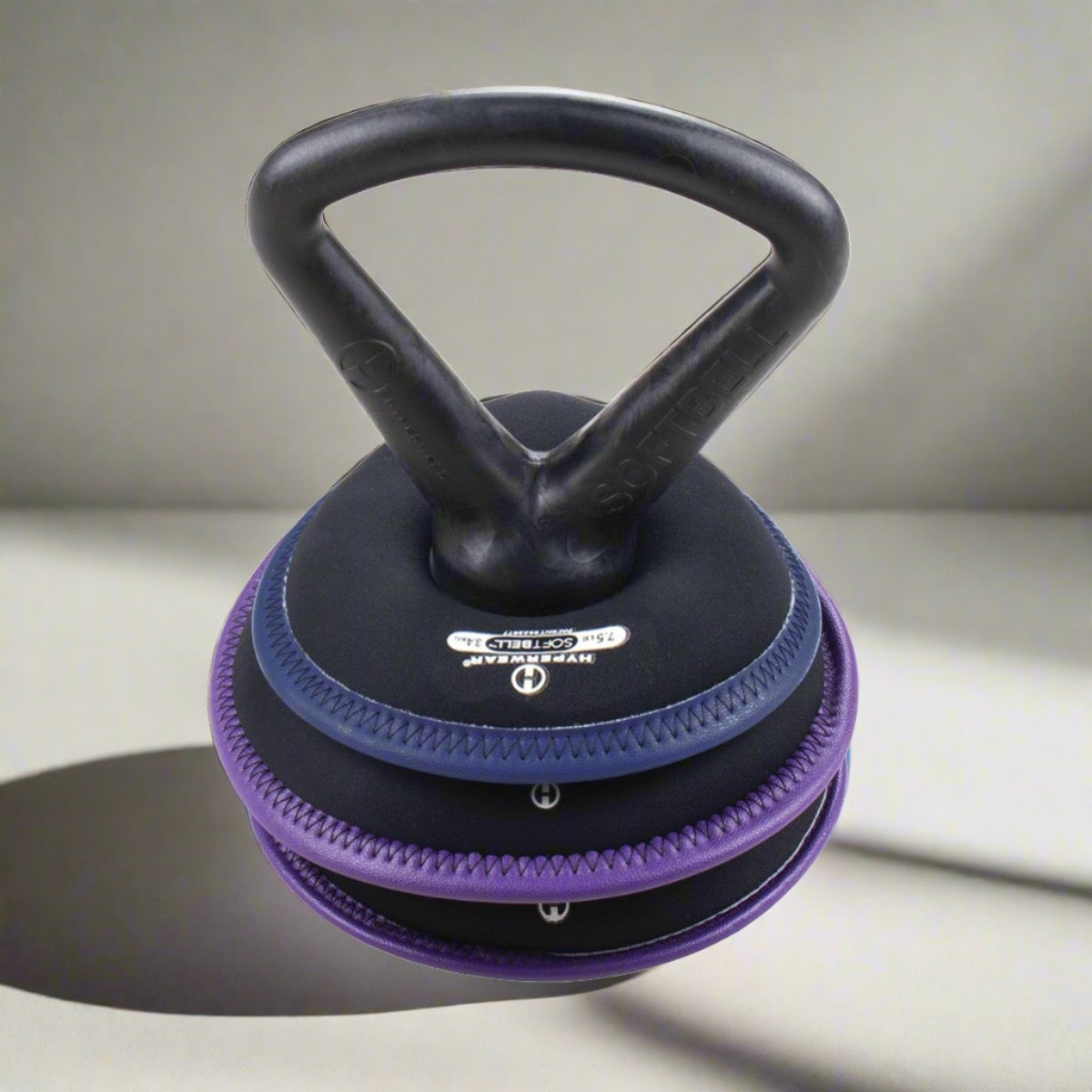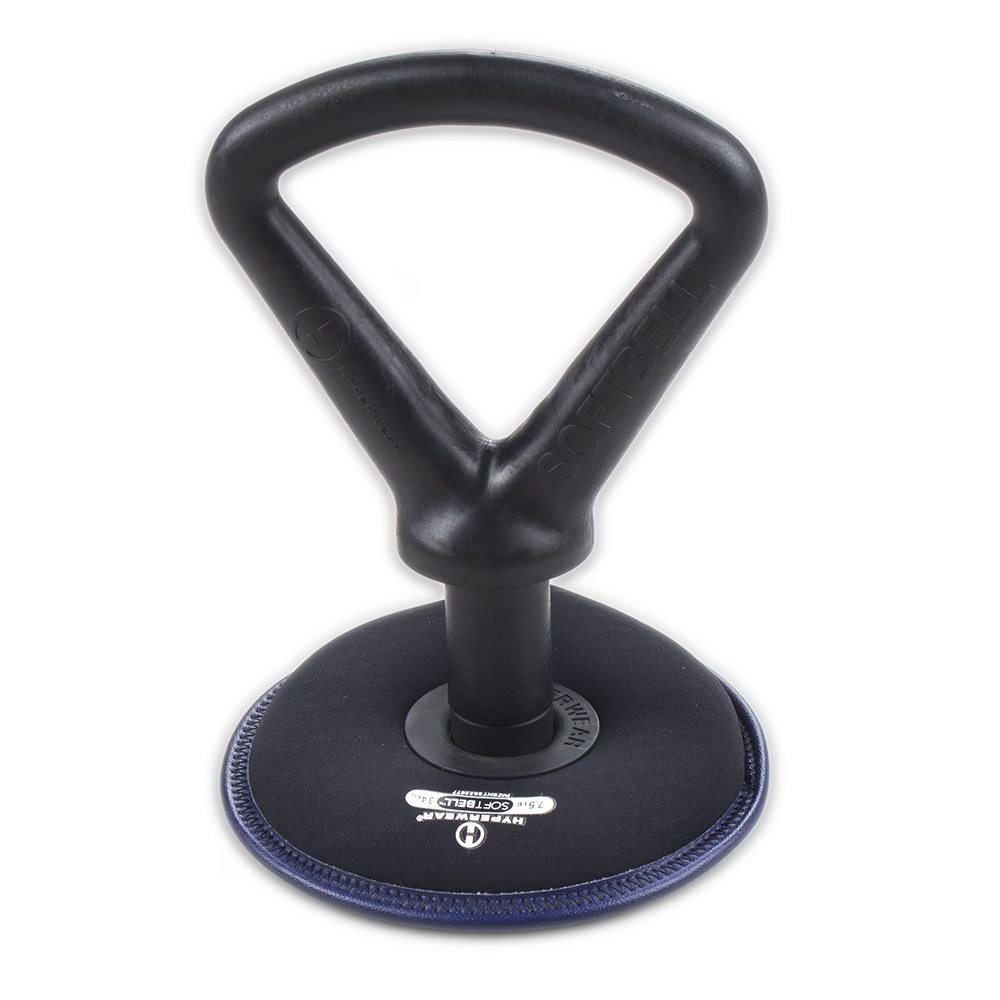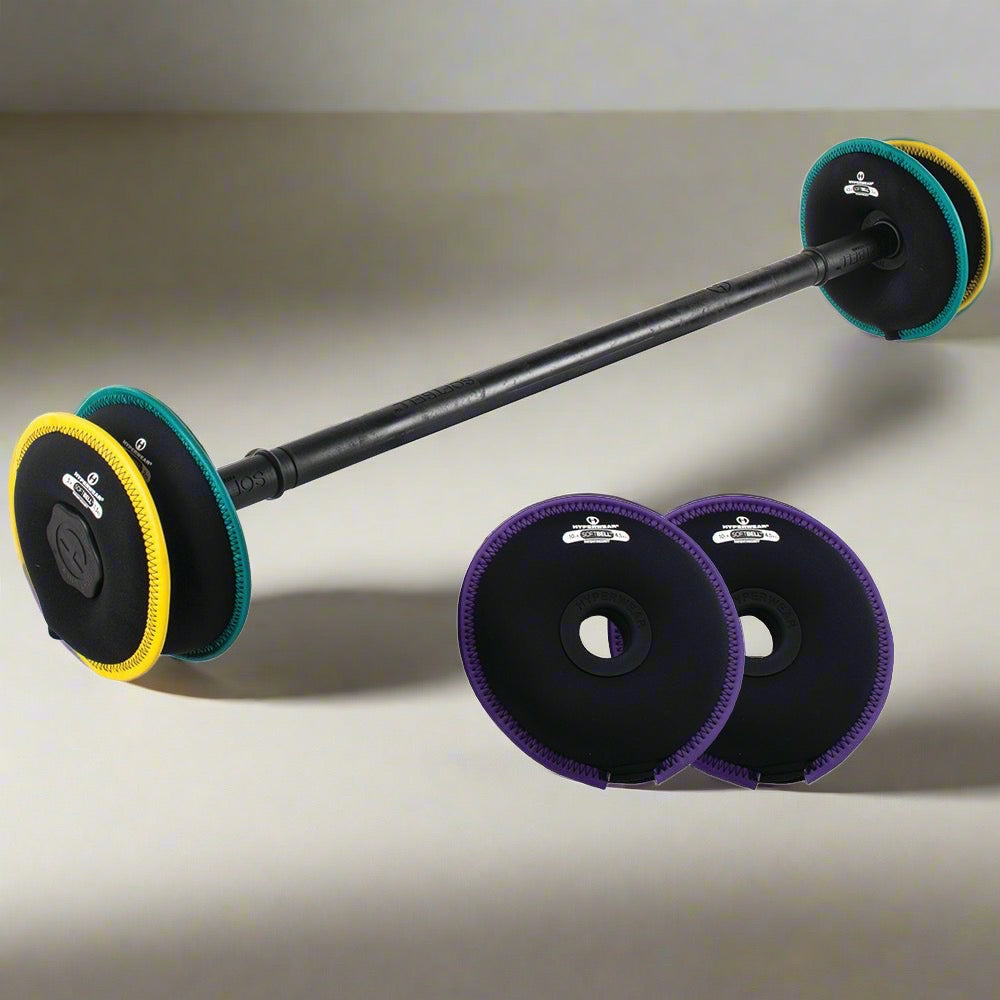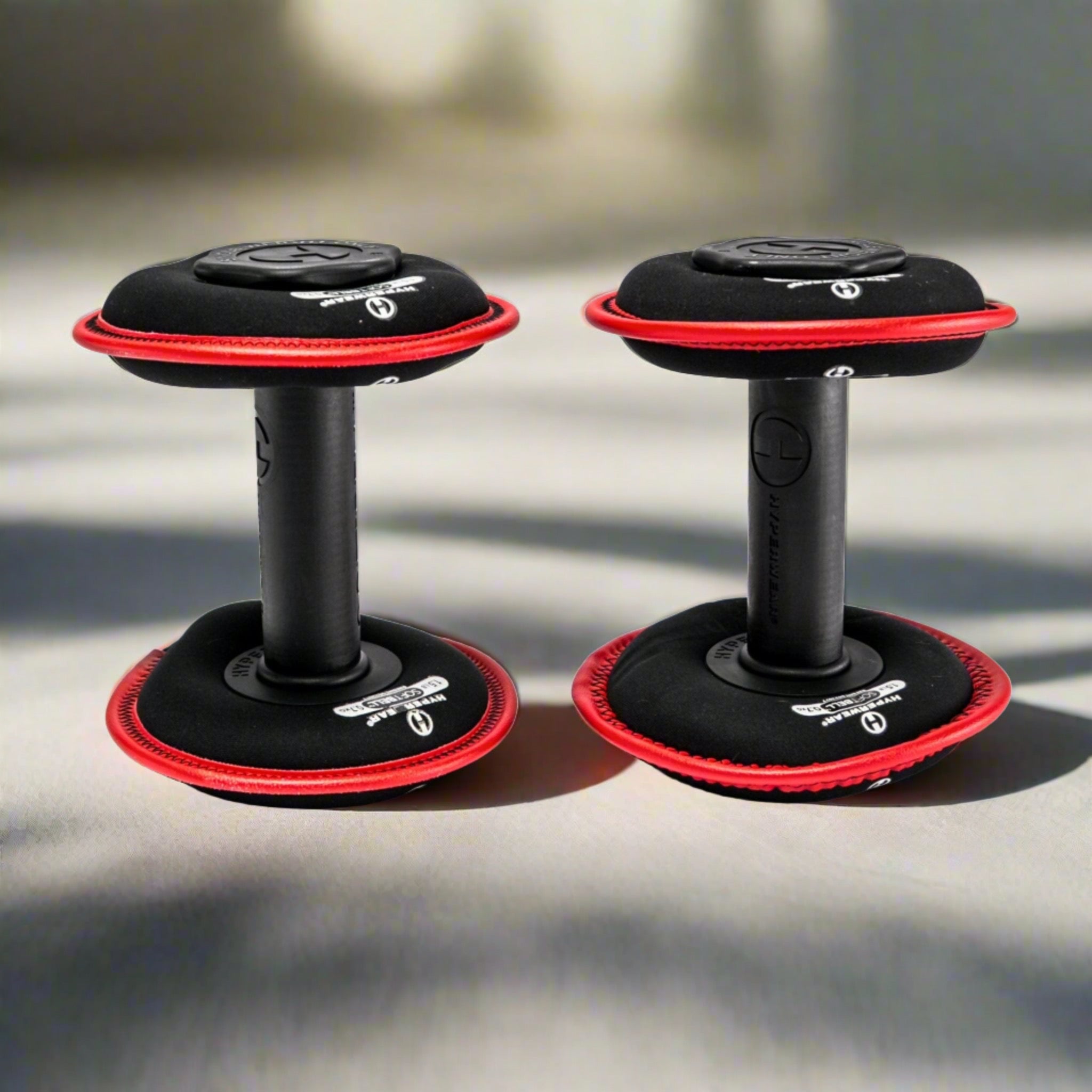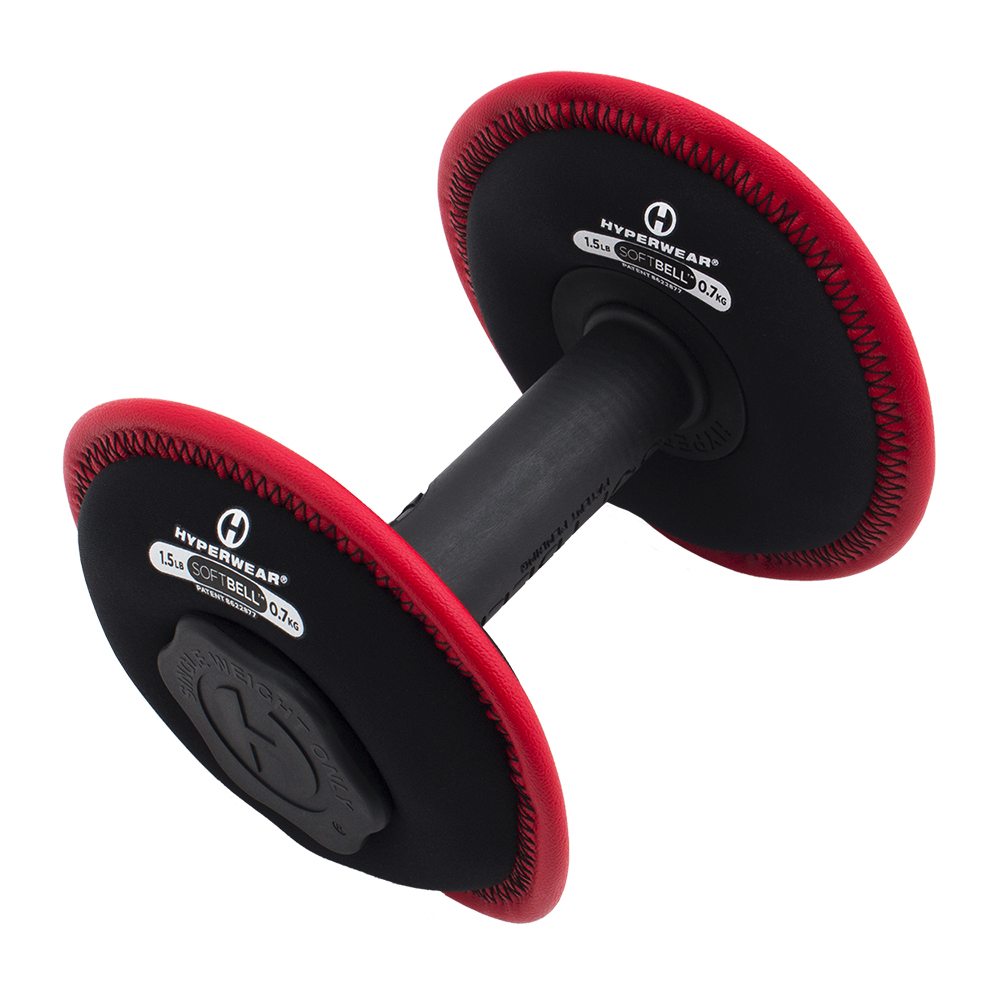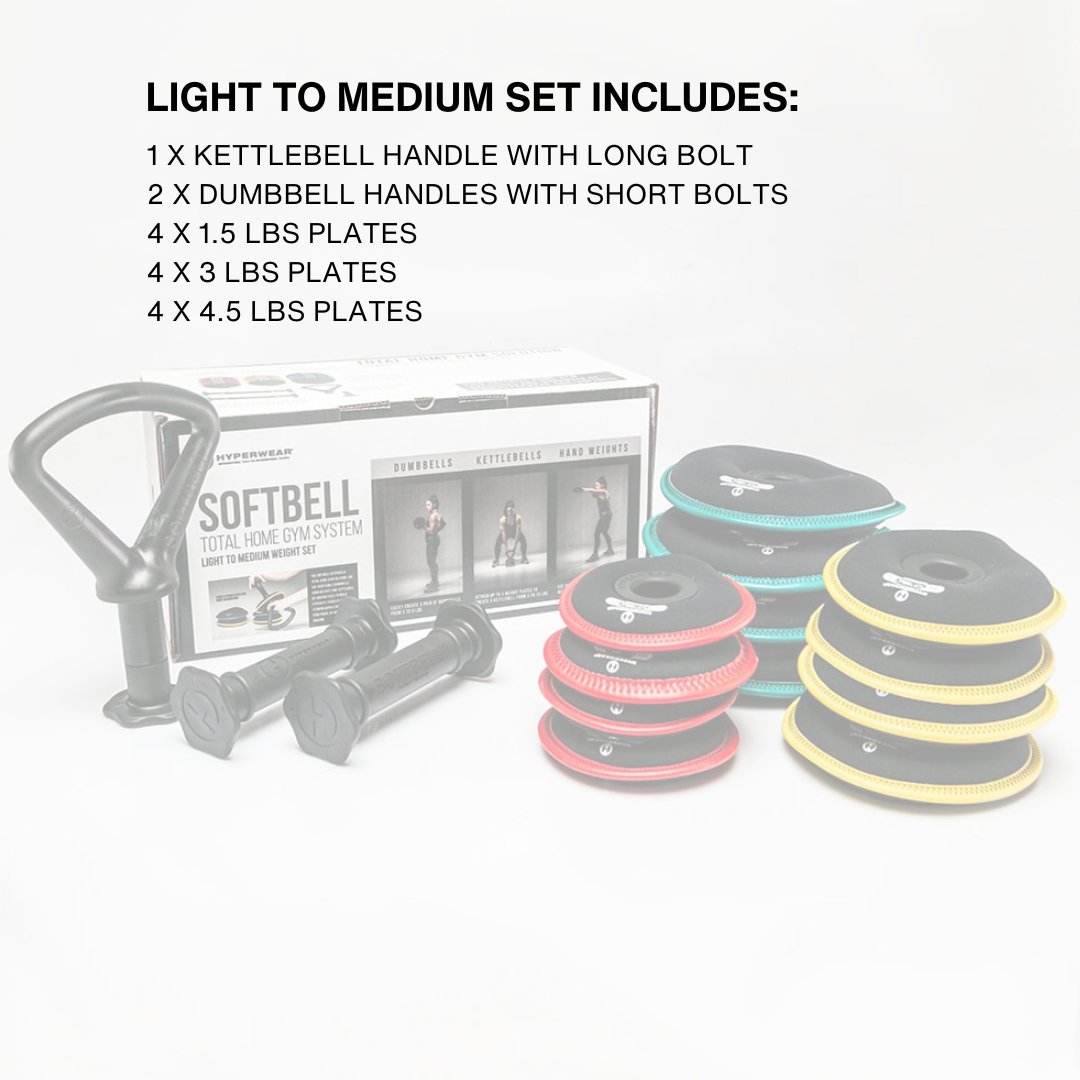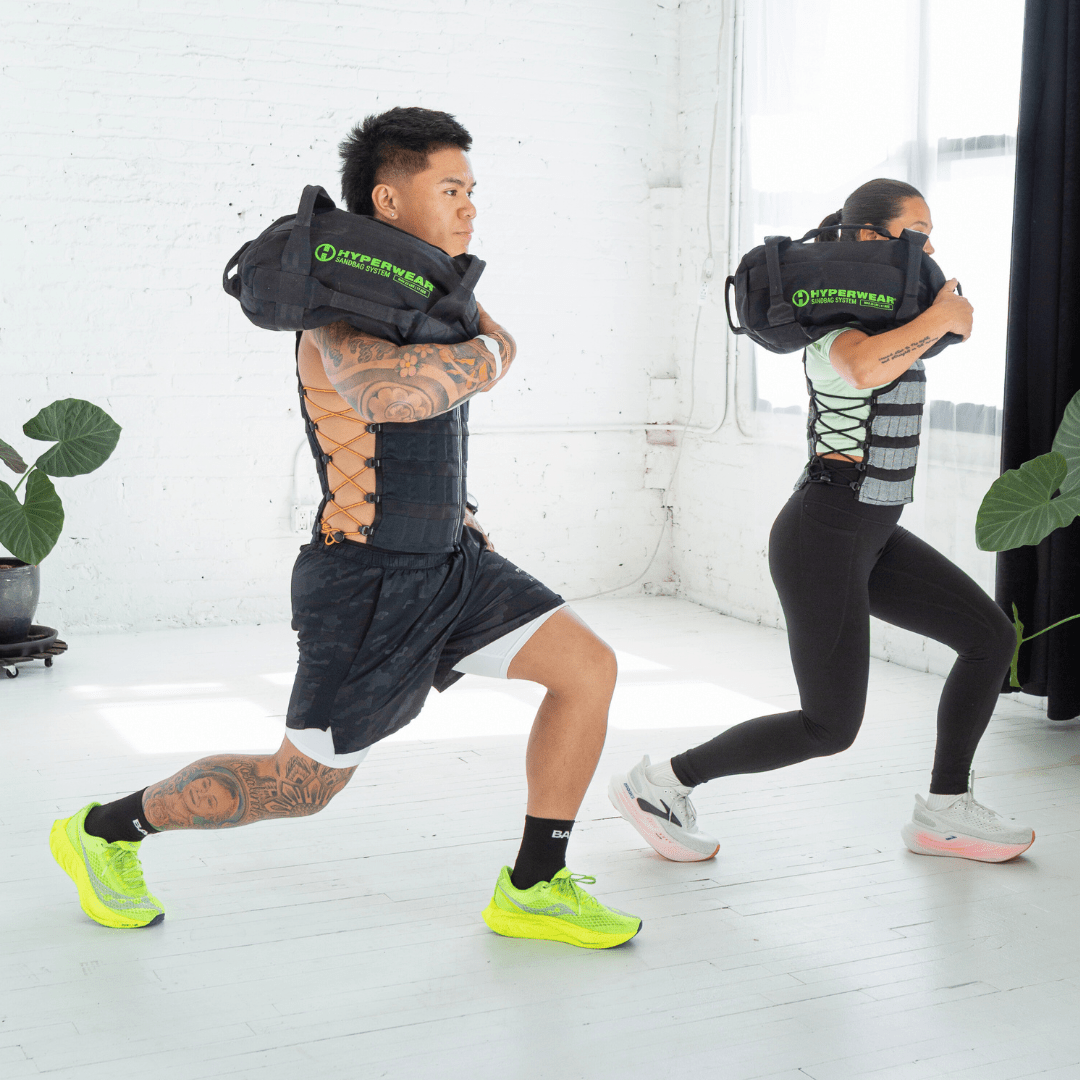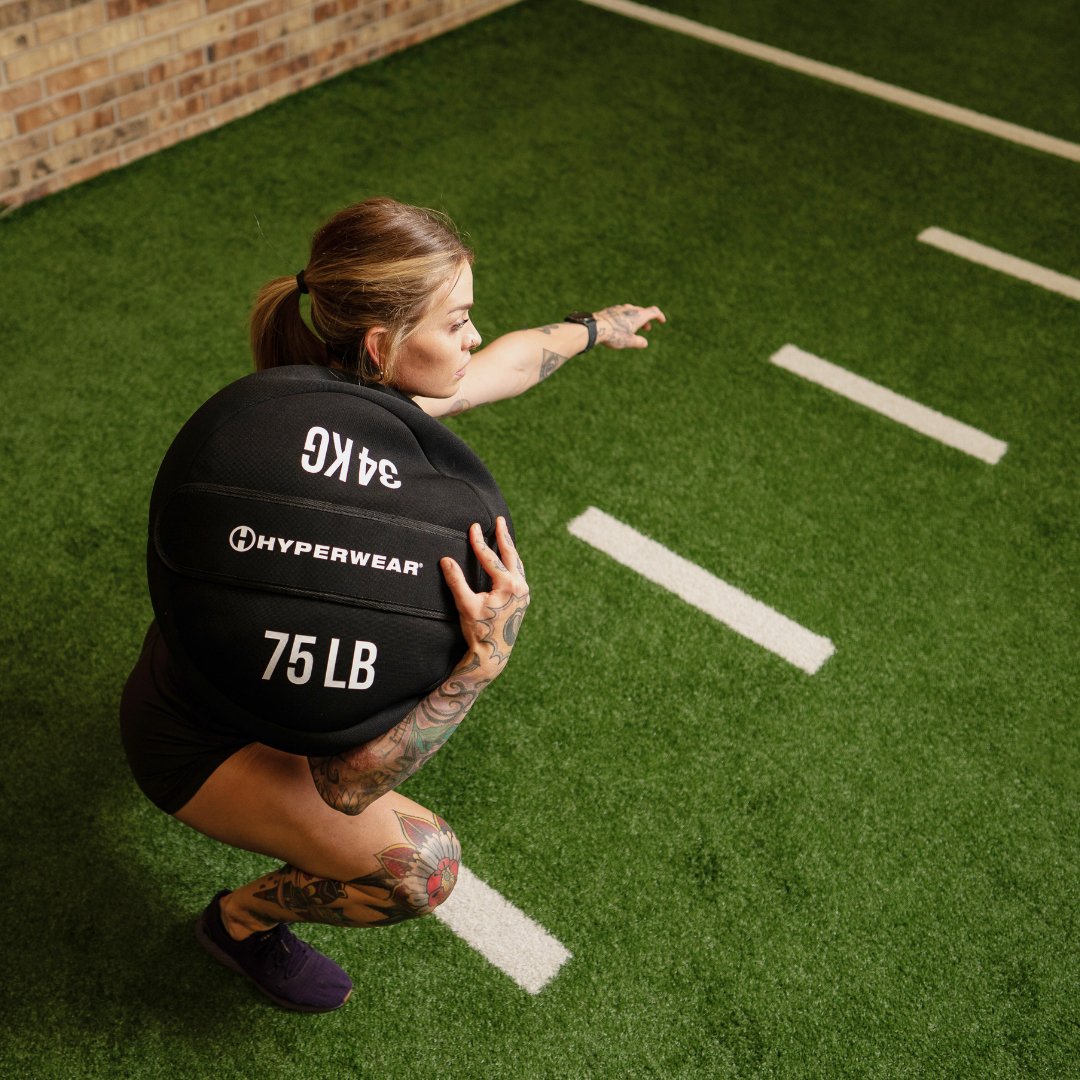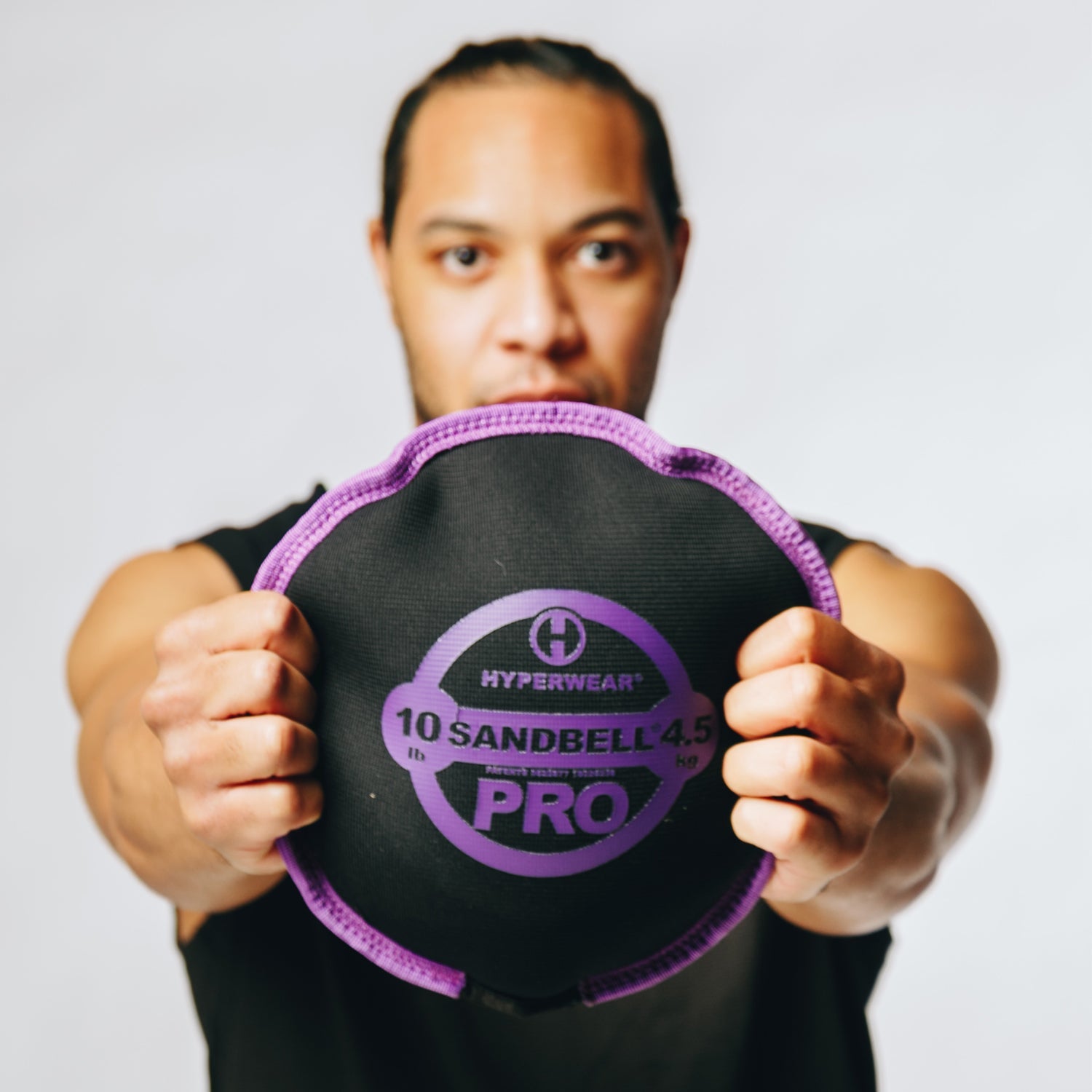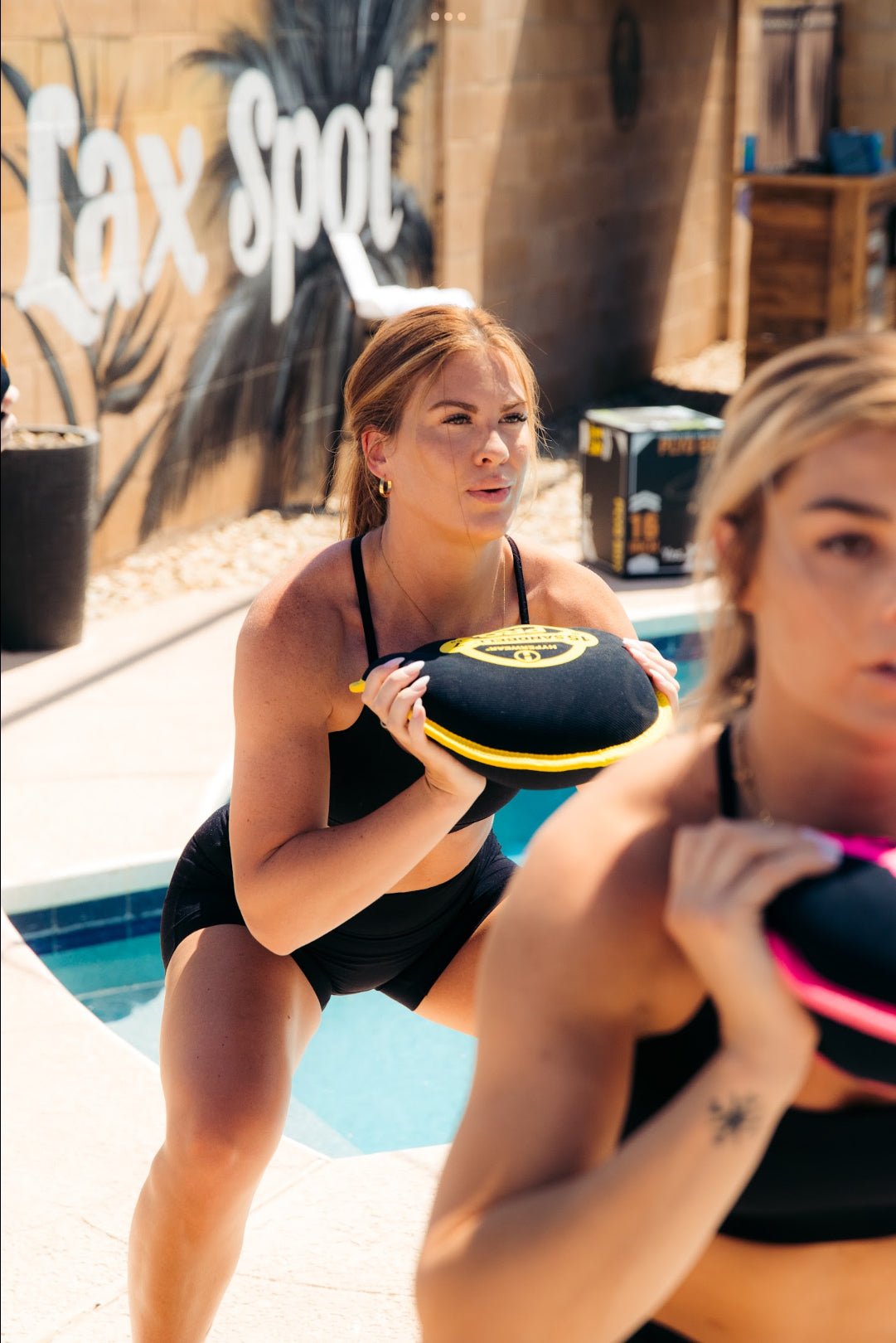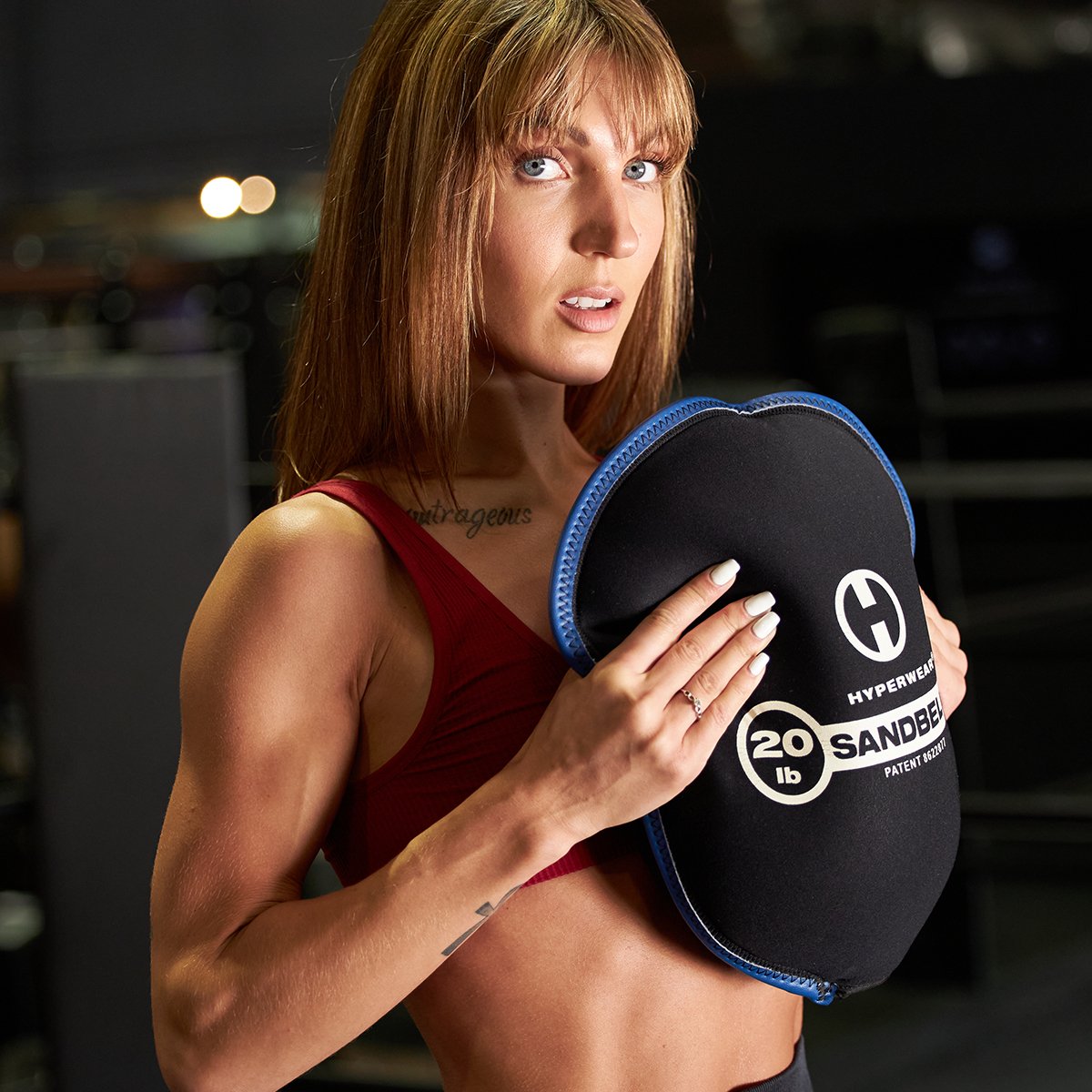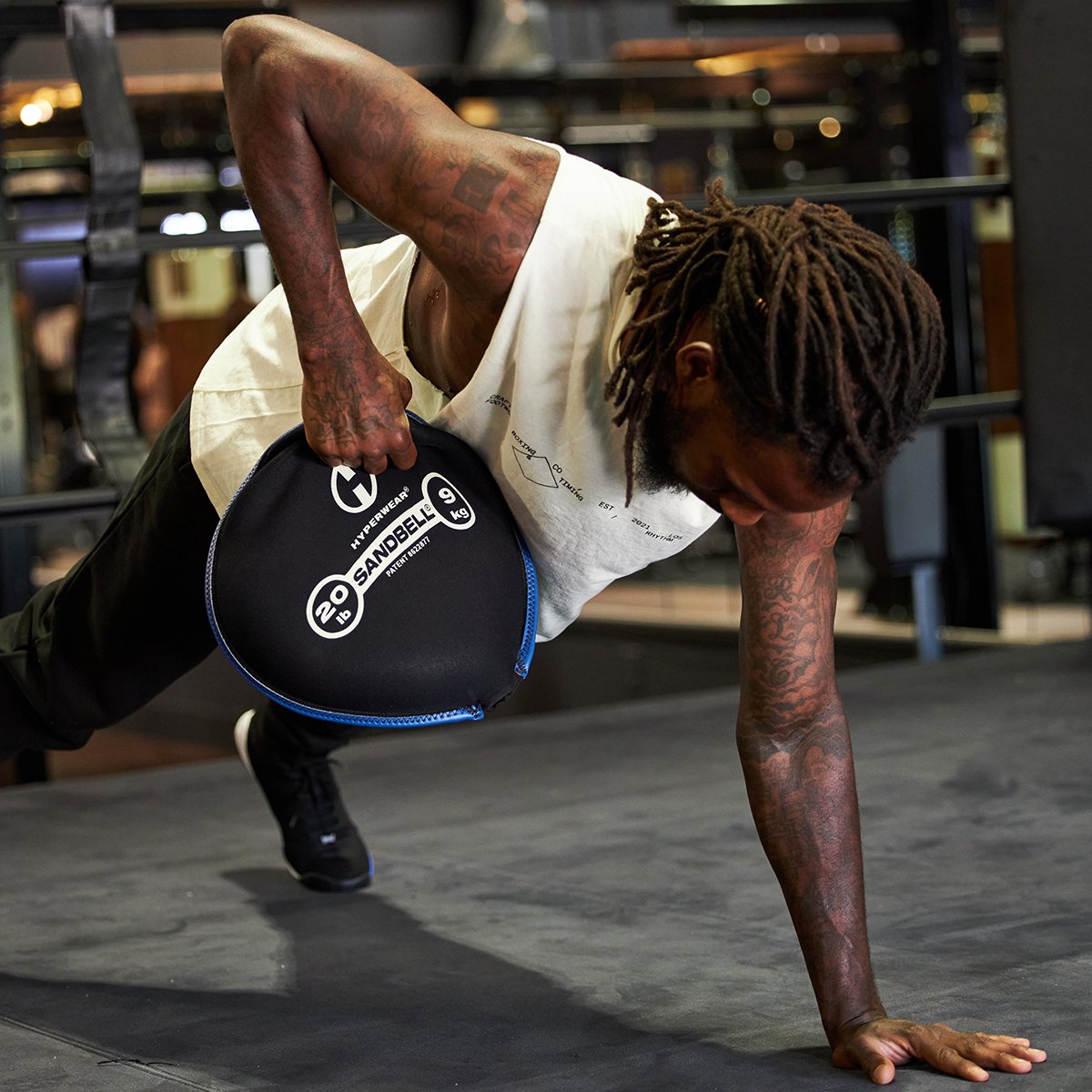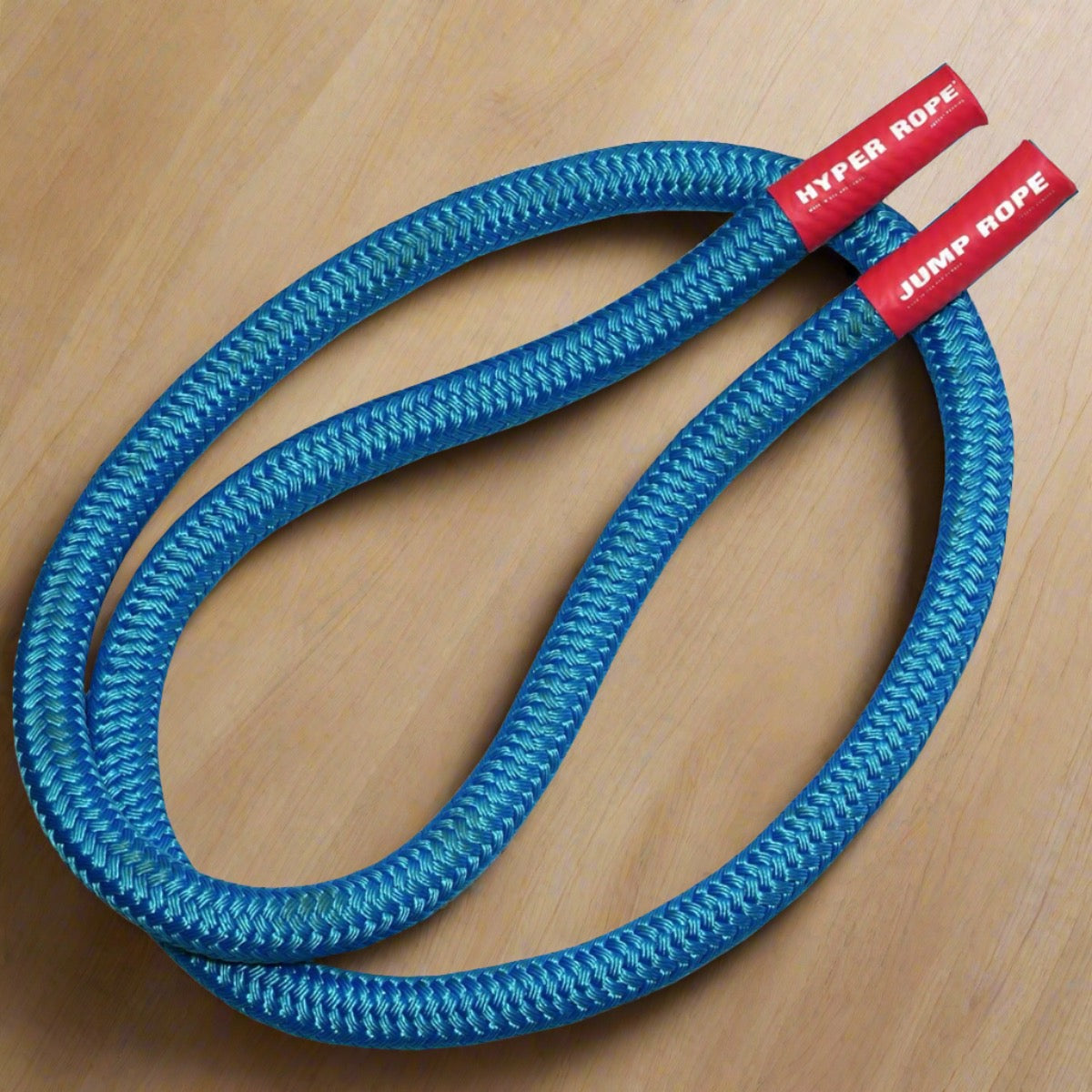Developing leg strength is essential to any workout routine. The majority of the population spends most of the day sitting, which causes the legs to be weaker than they should be. For example, if you work a desk job and try to walk around all weekend, you will be extremely sore. By doing leg workouts with kettlebells, you can improve both the strength and conditioning of your legs, making it easier to be active when necessary.
In fact, leg workouts that are properly designed can improve your flexibility, in addition to increasing your strength. You might ask yourself, how can lifting a heavy weight improve my flexibility? Aren’t strength and flexibility opposites? The answer is that flexibility can actually only be improved by overloading certain ranges of motions. So by performing a low squat with a kettlebell, you are training the body to own that squat position. This will be key whenever you have to pick something off the ground or even just get down to use the toilet.
With that in mind, today’s workout will be centered around kettlebell exercises for legs. The kettlebell is a great tool for overloading the body, as the way the handle and weight are constructed allows for a ton of variation. Today’s kettlebell leg workout will be primarily designed for the beginner but can be scaled up for the more advanced athlete. With this simple twenty-minute workout, we can get those legs both strong and flexible in no time!
The SoftBell - Hyperwear’s Kettlebell
Before we dive into the kettlebell leg routine, let's look at Hyperwear’s adjustable kettlebell, the SoftBell. The SoftBell takes the traditional Kettlebell, and improves upon it in several ways. One of the biggest issues with the traditional kettlebell is that it is a fixed weight. This means that in order to change weight, you have to purchase an entirely new kettlebell. To combat this issue, Hyperwear’s SoftBell has adjustable weight plates. All you have to do is simply unscrew the bolt, add or remove a SoftBell Plate, and you are good to go!
Not only did Hyperwear improve the kettlebell by making it adjustable, Hyperwear also made the SoftBell safer to use. For those unfamiliar with kettlebells, the majority are made with cast iron. This allows you to have heavy kettlebells, but can be dangerous if dropped for both your foot and your floor. The SoftBell from Hyperwear instead utilized plates made of sand. By making the adjustable plates from sand, it is much safer to use. Although it is still not recommended to drop them, it is much safer for the floor and your own body if you do. This has made the SoftBell Kettlebell the perfect kettlebell option for both home gym owners and those just wanting to workout in their living room!
Although today’s workout is specifically designed for the SoftBell Kettlebell, it can be performed with any Kettlebell. We do recommend that if you do not use Hyperwear’s kettlebell, perform the workout outdoors to protect your floors. To get the most out of your workout, be sure to use a lighter kettlebell, ranging anywhere from 10-30lbs.
Why are Kettlebells Perfect for Building Strength and Flexibility?
So you might ask, how can a kettlebell leg workout improve my strength? What about my flexibility? Both of these traits are extremely important in fitness, so let’s dive into the science behind strength and flexibility.
Kettlebell workouts are traditionally used to build both strength and power. With kettlebells ranging from light to heavy, it is easy to overload the body in a safe manner. There are a few different ways you can overload the body to build strength, however, so for those who don’t want to buy a heavy kettlebell you can still improve your strength as you progress through this kettlebell leg workout.
One of the best ways to improve your strength is by manipulating the volume of your lifts. Volume overload simply means increasing how many reps you perform in a given workout. For example, if you feel that 10 reps of the kettlebell squat is too easy, you could increase it to 15. This will allow you to improve both your overall strength and conditioning, without having to change weight frequently.
In terms of flexibility, there is a little more to it than simply manipulating the volume or intensity. For those that struggle with flexibility, Kettlebells can really be a great tool. The design allows for you to naturally have more range of motion through the shoulder when pressing, and can easily be changed for those with lower body flexibility issues. For example, if you find yourself struggling to squat to depth with your kettlebell at chest height, try holding the kettlebell below the waist. This will allow you to get deeper into the motion, while also providing overload.
As touched on in the introduction, science has recently shown that for those really wanting to improve their flexibility, there has to be some overload involved. The body will not change by doing what is “comfortable” so we need to push it just a little bit. Once again using the squat example, by getting deeper into your squat, you are forcing the muscles into a new position. Training with a safe weight in that position helps the body become more accustomed to this new position. That way, you’ll be able to access that range of motion whenever you need to.
Does this Make a Great Kettlebell Workout for Runners?
One of the common misconceptions for runners is that lifting weights will hinder their performance. A long held myth is that all runners need to do to improve their performance is simply run. This could not be further from the truth.
When it comes to running, whether it be long or short distances, the name of the game is creating more force over a certain period of time than the person next to you. Even if you are not into racing, this same concept applies when it comes to hitting PR’s. If you want to improve your own time or beat your friends, you should consider utilizing kettlebell leg workouts.
Not only do these workouts have the potential to improve your times, they actually can be used to reduce injury risk. When running, you can easily develop imbalances between the body. The process of running involves the entire body, so one small thing being out of sync can weaken the rest of the body as well. Moves such as the Single Leg Deadlift and Curtsy Lunge will highlight issues for most runners. You will be able to see which side of the body is stronger, and then use this information to improve your overall running performance.
Before You Begin the Kettlebell Leg Workout
With this kettlebell leg workout being designed for beginners, there is very minimal equipment required. In fact, today’s workout can be done entirely with Hyperwear’s SoftBell Kettlebell from the comfort of your living room. The Hyperwear SoftBell will allow you to use any weight from 1.5lbs-30lbs. For today’s workout, we suggest using between 10-30 pounds for each exercise, depending on your own threshold. If you do not have the SoftBell by Hyperwear, you can still complete the workout with a standard kettlebell. In that case, we would recommend working out outdoors, to protect your floors.
With all that said, let's get into today’s Kettlebell Leg Workout!
Time to Level Up: Hyperwear’s Kettlebell Leg Workout
Kettlebell Single Leg Deadlifts
Number of Reps: 15 reps per side
Est. Time to Complete Set: 1 minute
The Kettlebell Single Leg Deadlift is a great exercise to check for imbalances. If you are stronger or more coordinated on one foot, you will quickly notice it. In addition, this exercise will help you improve your balance.
To perform the Single Leg Deadlift, start with your feet in a base stance, just slightly wider than shoulder width. Then, while lifting one leg into the air behind you, slowly sink the arm and chest towards the ground while maintaining a flat back. Only go far enough that you can control the motion and then reset back to the top, still maintaining your balance. Complete 15 reps per side.
Kettlebell Swings
Number of Reps: 45 seconds of work / 15 seconds of recovery
Est. Time to Complete Set: 1 minute
The Kettlebell Swing is a great exercise for developing the hinge pattern. Properly learning this pattern will help you develop strength in the posterior chain, which includes the hamstring and glutes.
Start with your feet slightly wider than shoulder width. From here, you want to think about initiating the movement by pushing your butt back towards the wall. Once the kettlebell is driven back, use the hips to drive the kettlebell forward. This should not be an arm exercise, so make sure to use your legs for the movement.
Kettlebell Squats
Number of Reps: 20
Est. Time to Complete Set: 1 Minute
The Squat is the foundation of any good exercise program. The Squat is a total body exercise, with an extra emphasis on the legs. This exercise will help you develop strength and range of motion.
Second paragraph: Everyone’s Squat stance is slightly different, but ideally you will have the feet slightly wider than shoulder width with the toes turned out slightly. This will help you open your hips ups. With the kettlebell at chest height, squat down until your reach close to parallel. Return back to the starting position.
Kettlebell Curtsy Lunge
Number of Reps: 12 per side
Est. Time to Complete Set: 1 minute
The Curtsy Lunge is a frontal plane movement, designed to work the leg muscles in ways that they are not normally used. This is a great exercise for glute engagement, which can help prevent injuries for runners.
Second paragraph: Once again starting in a base stance, perform a Lunge by moving one leg laterally and behind the other. Lower your body as far as you can while being able to safely return to home base.



